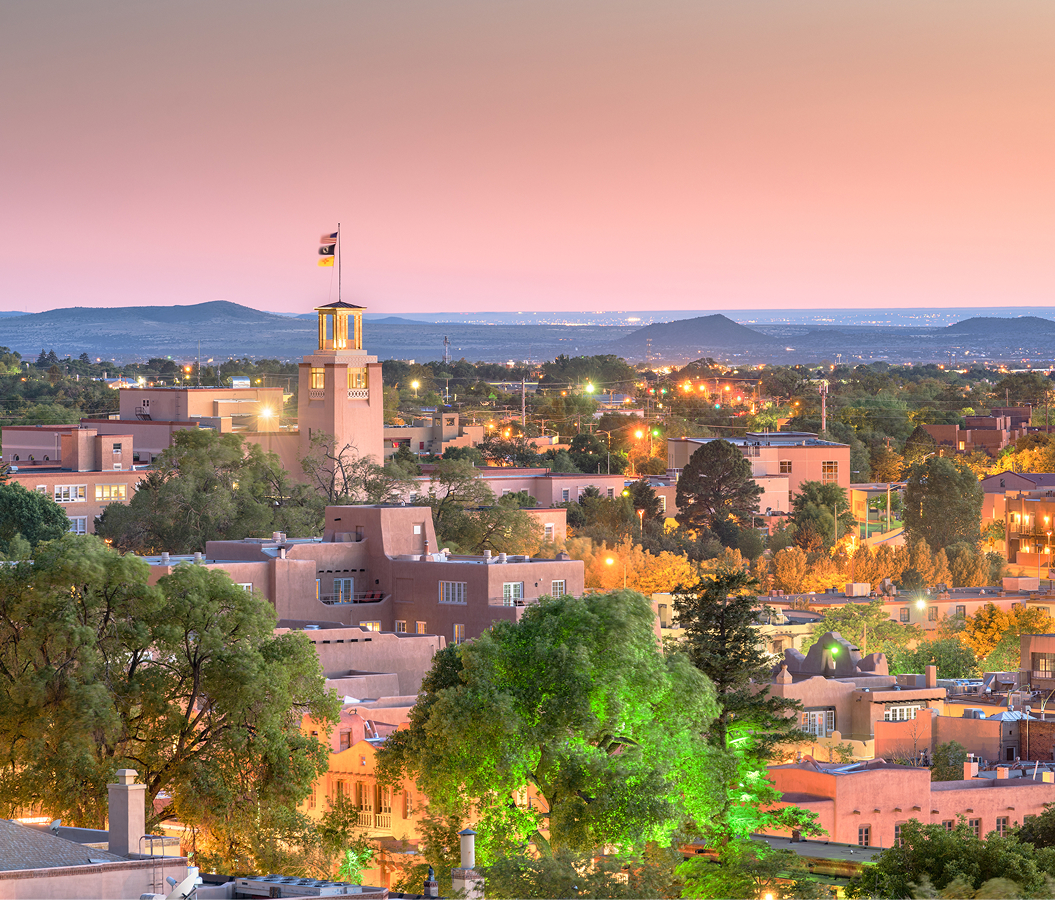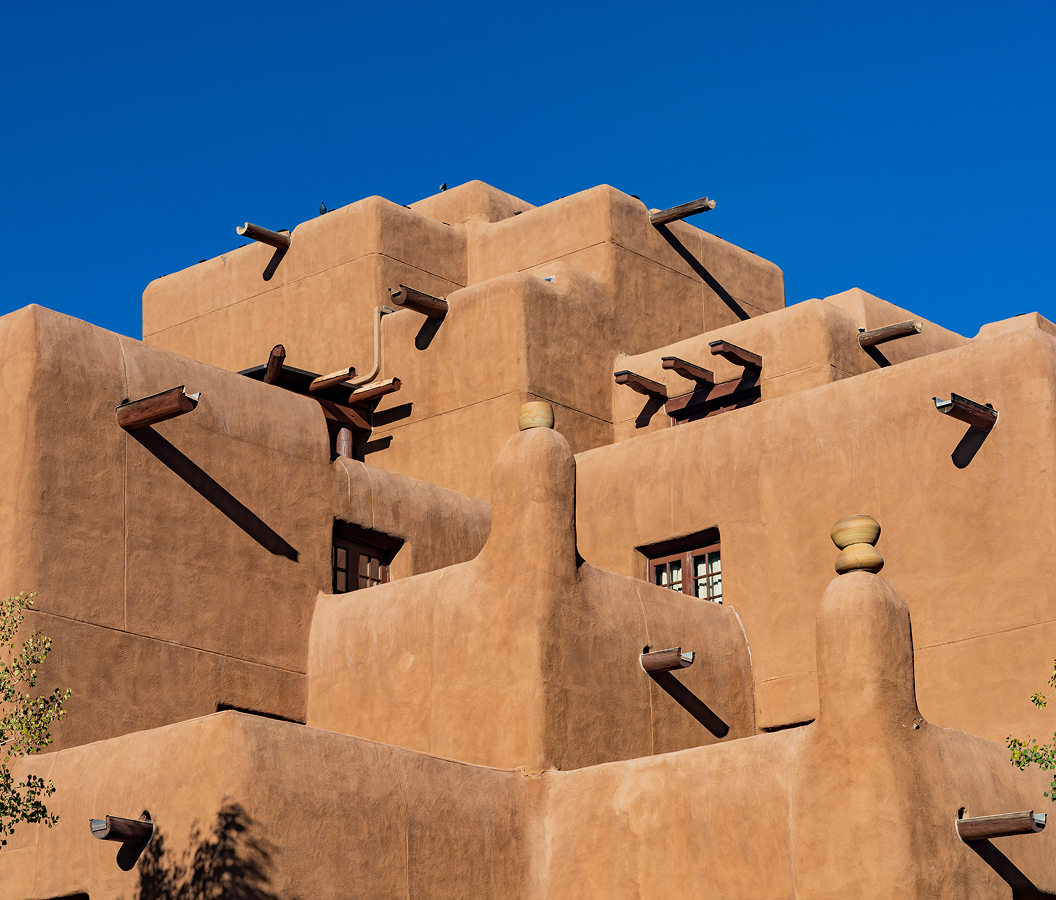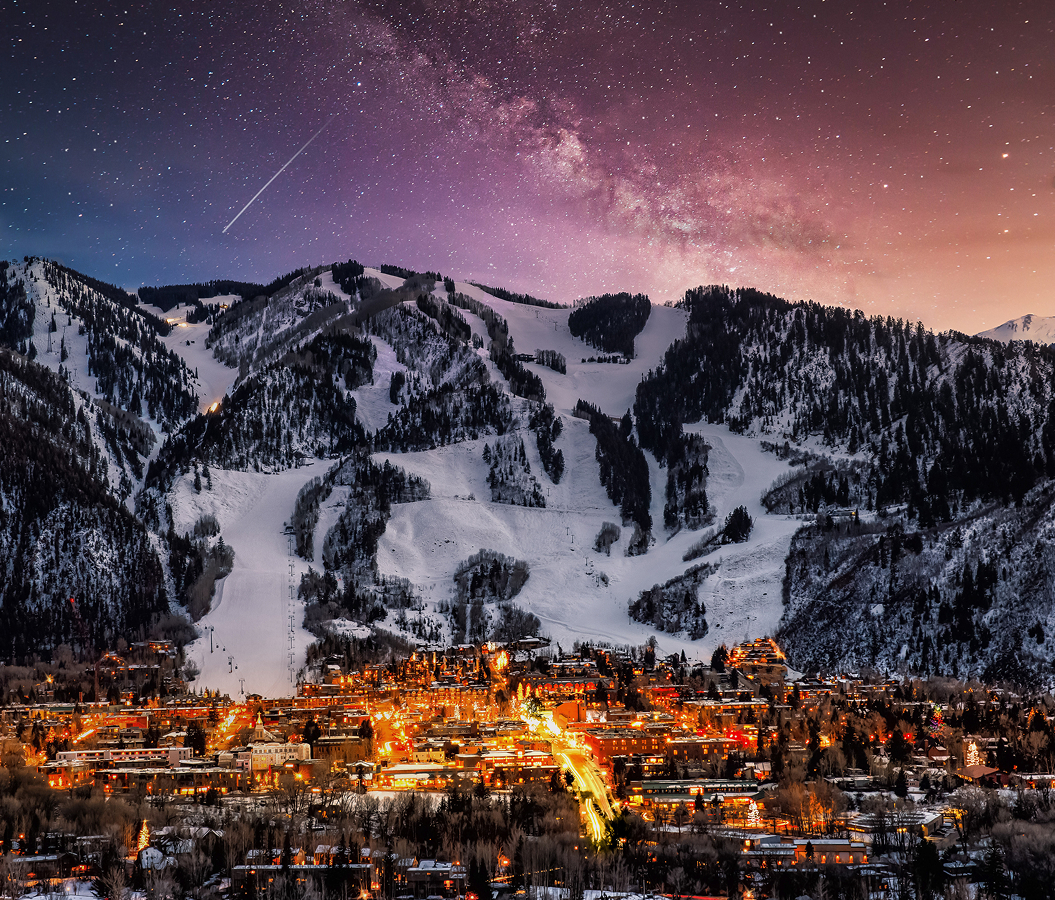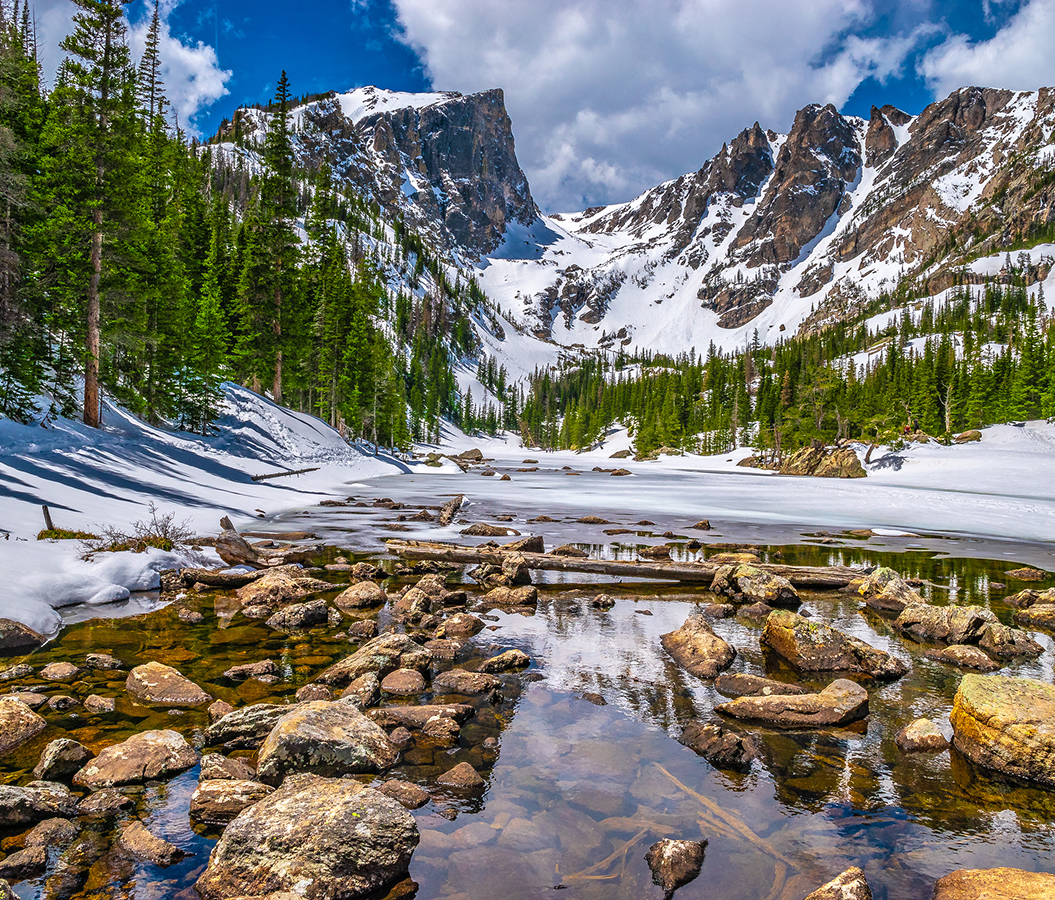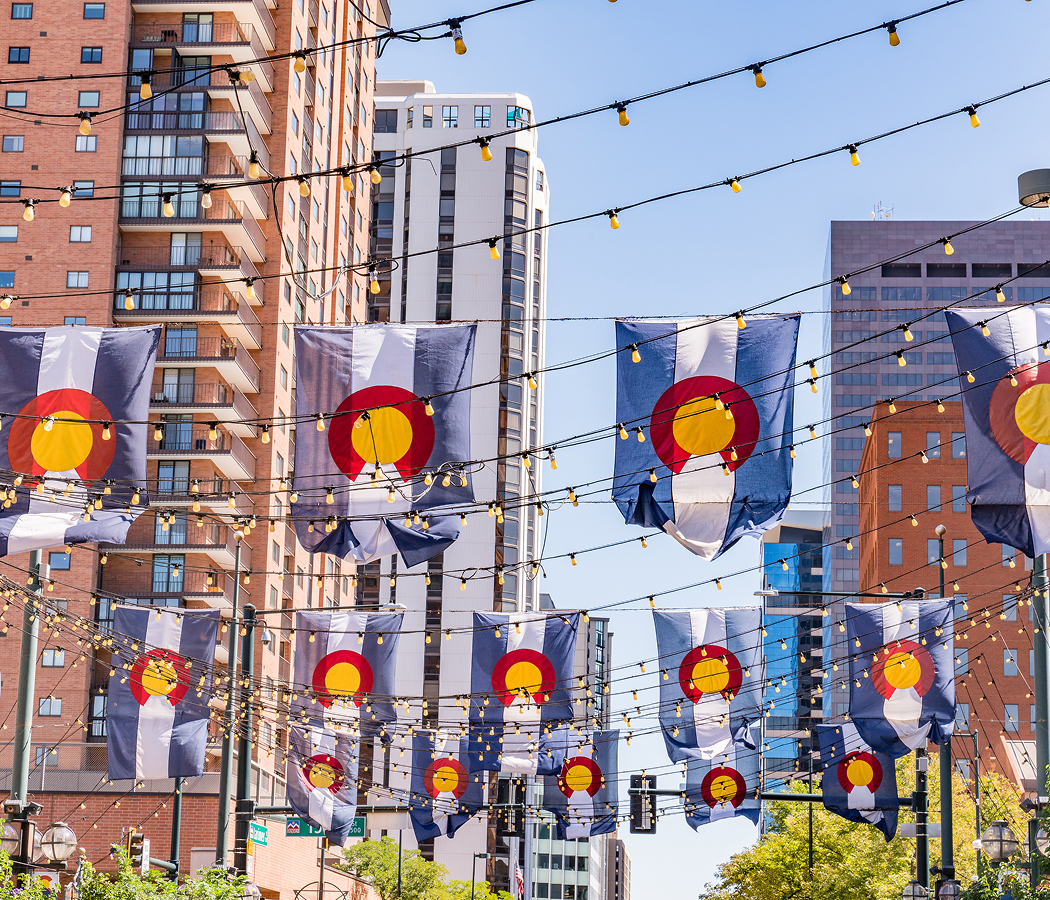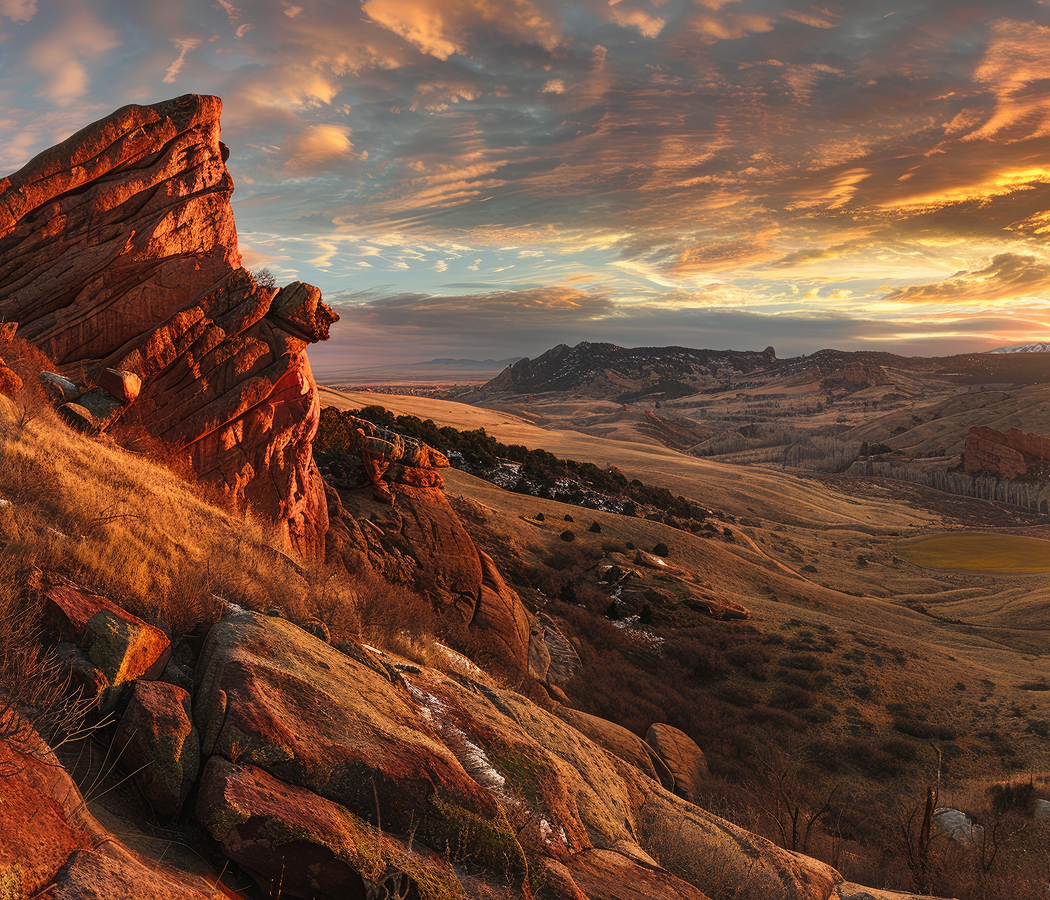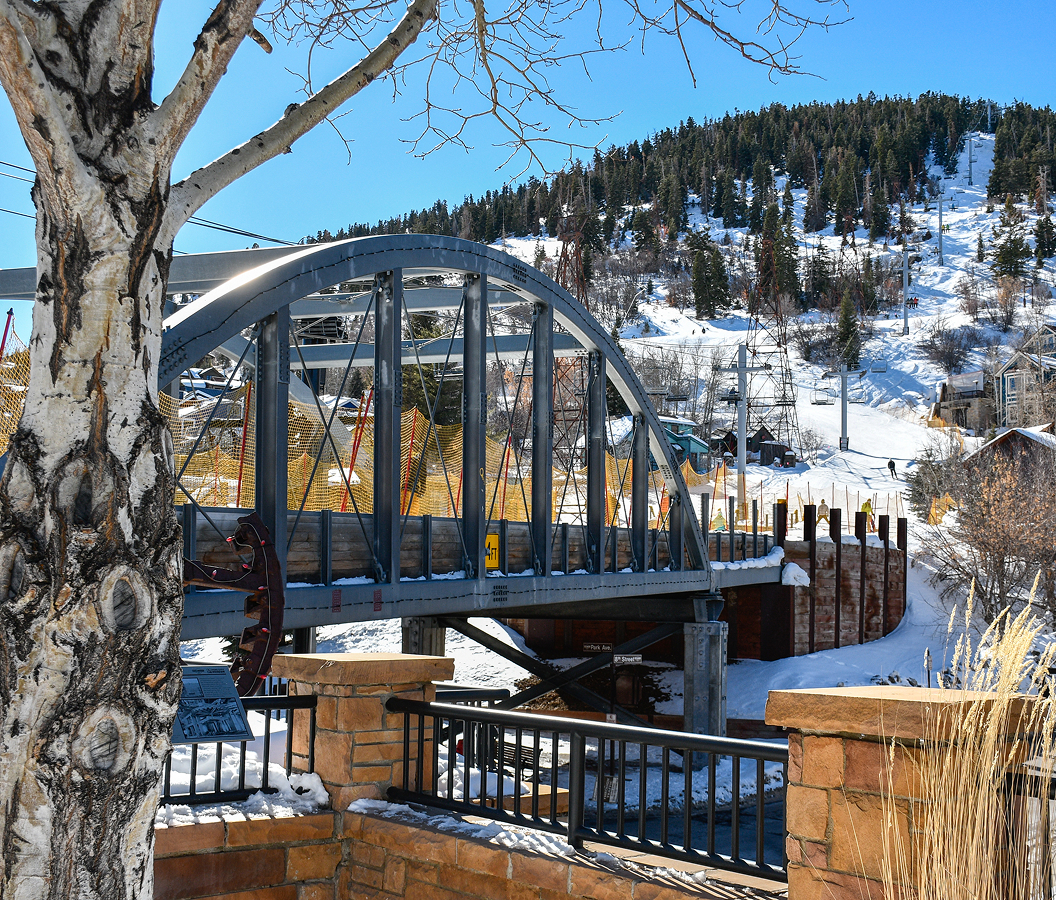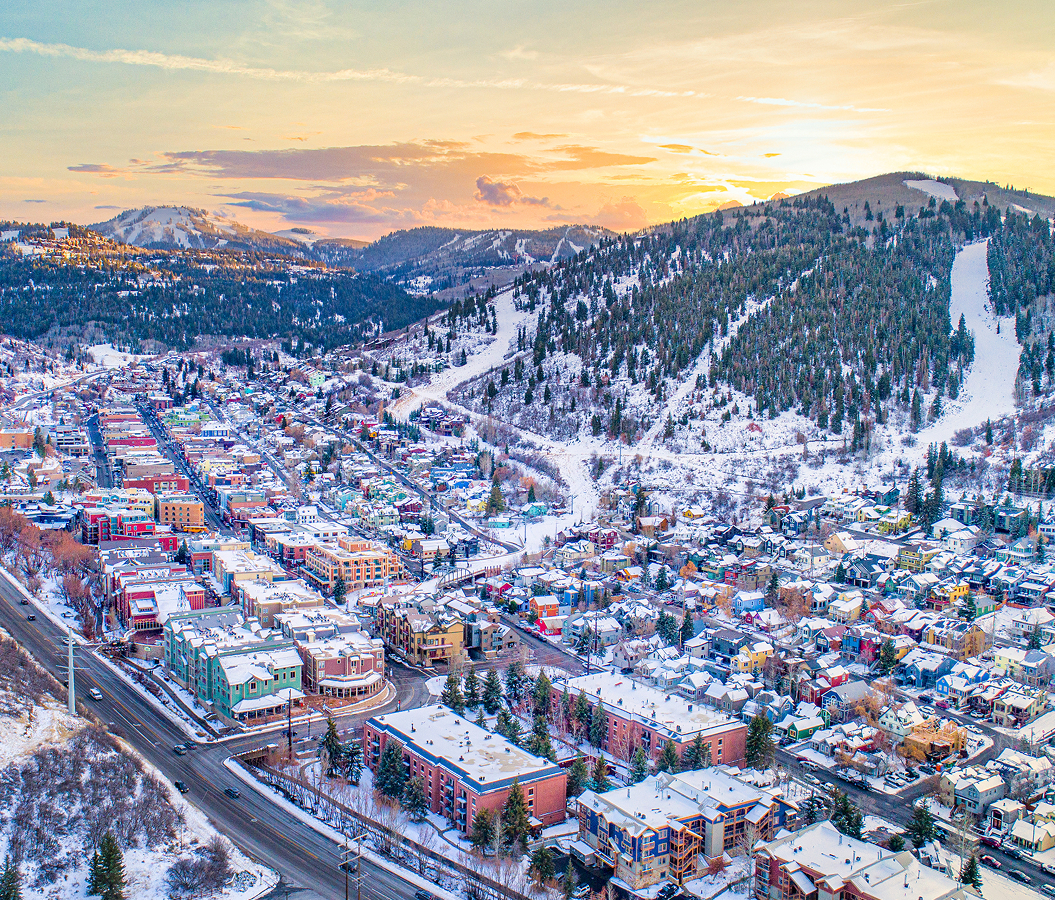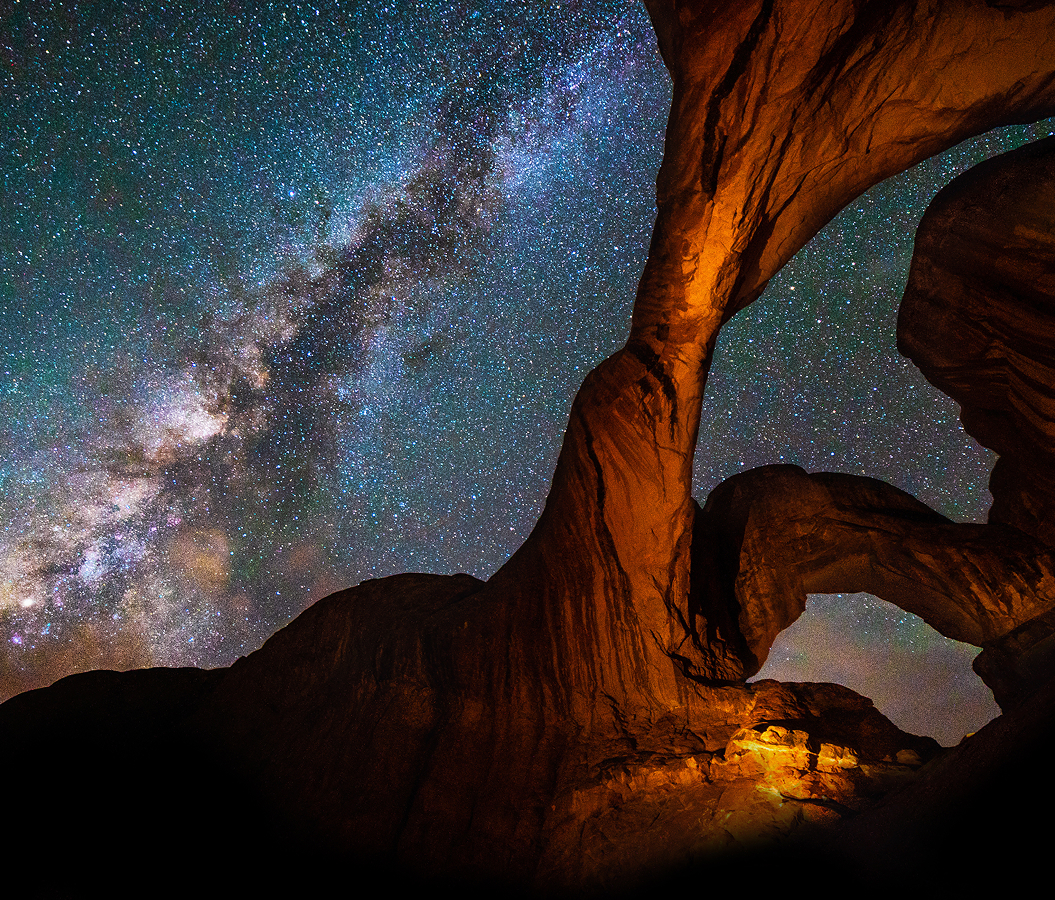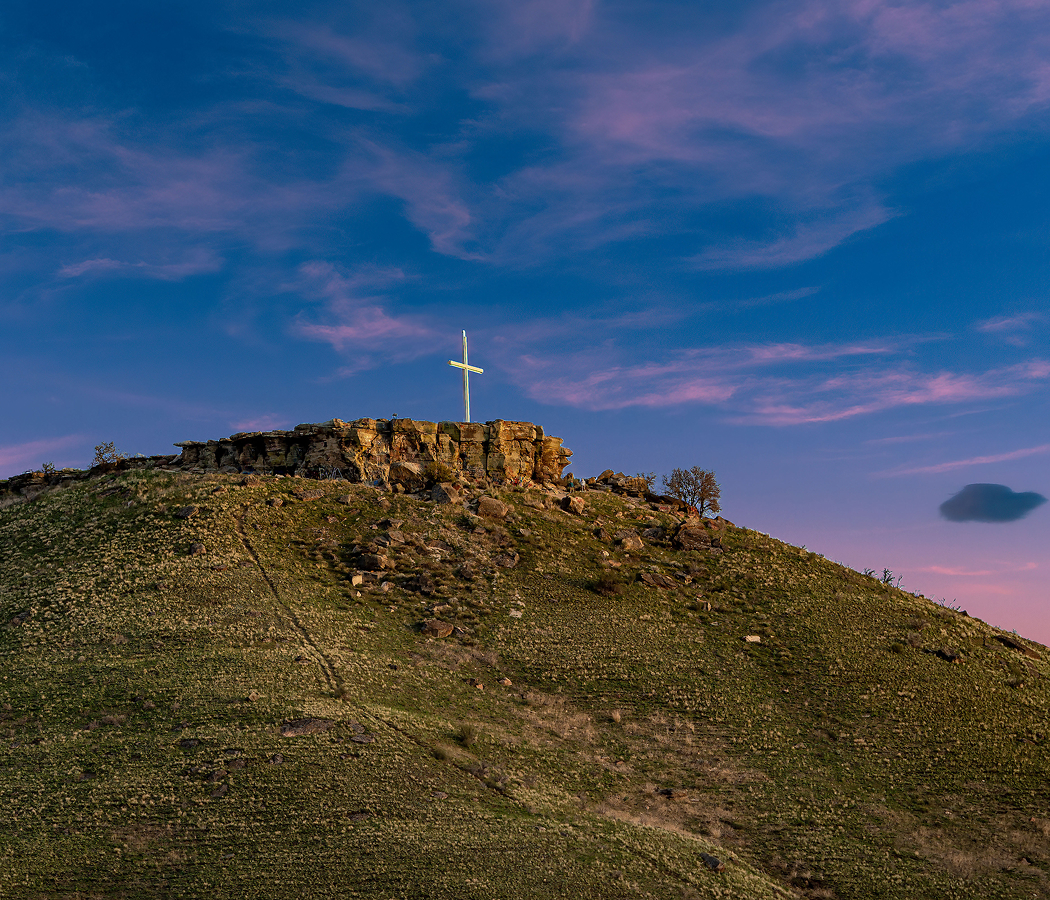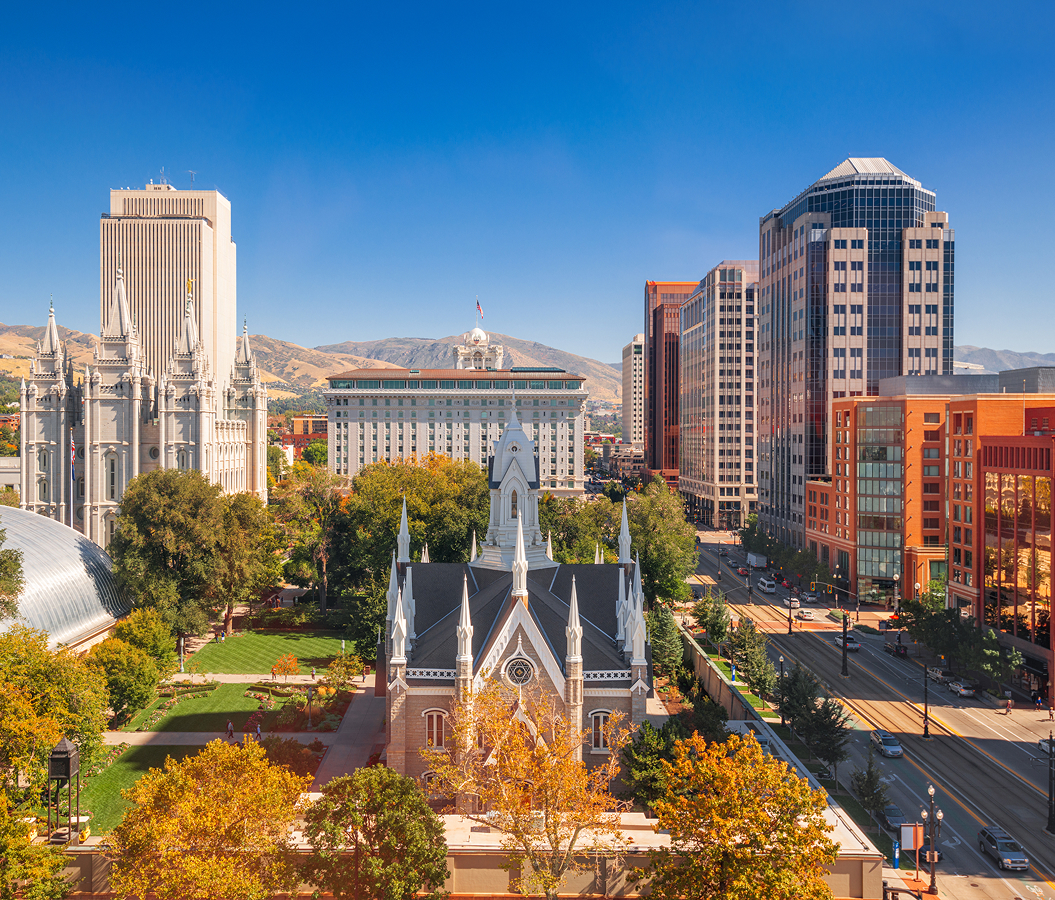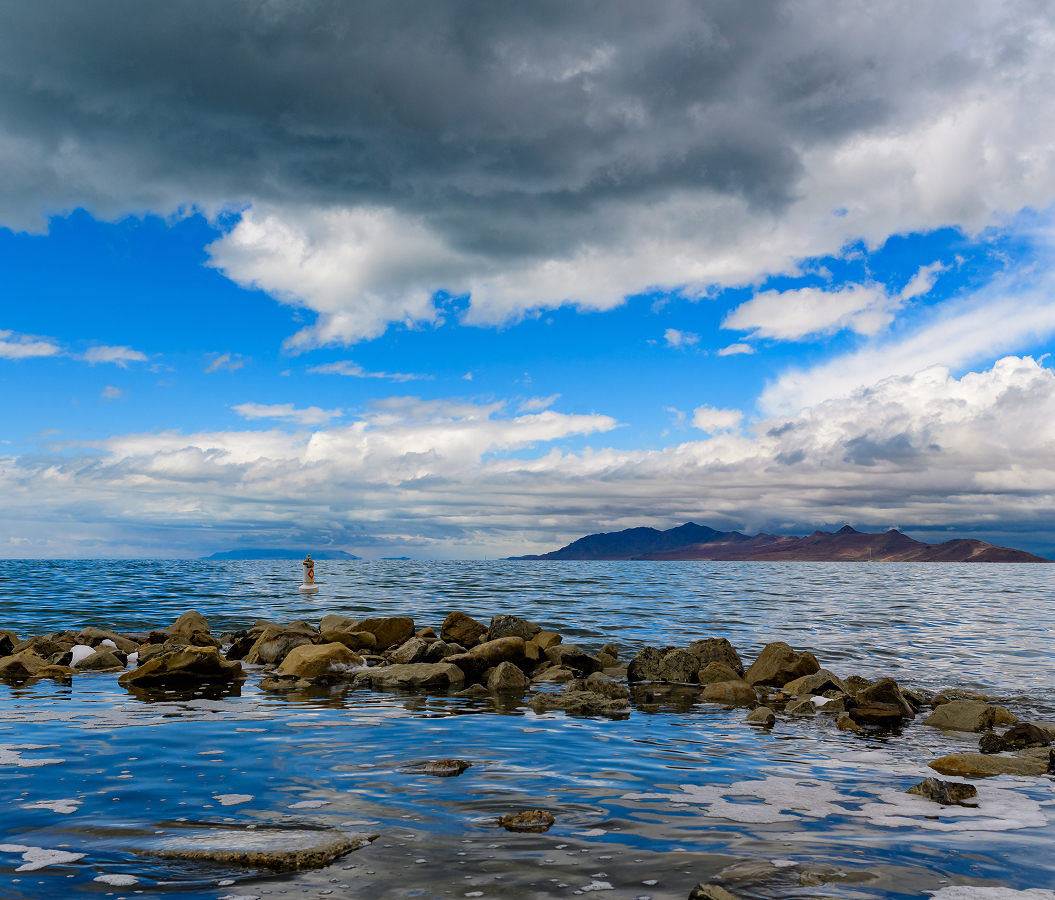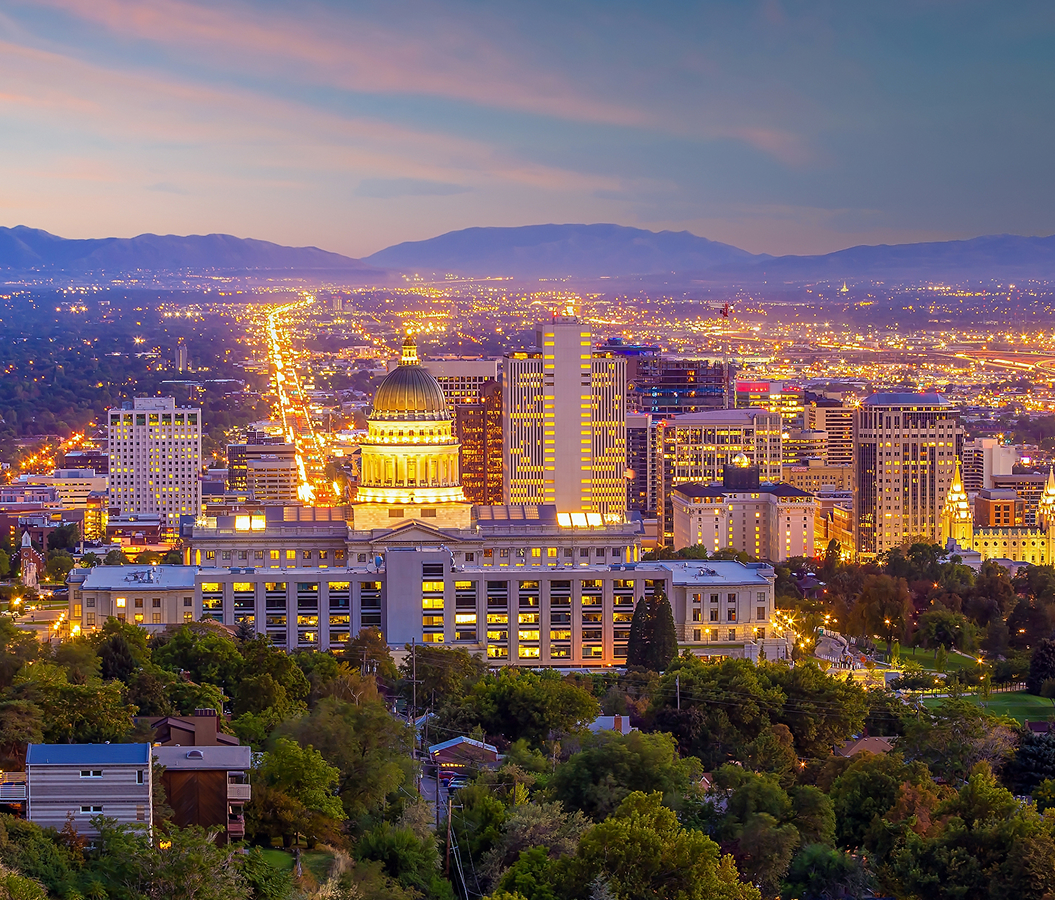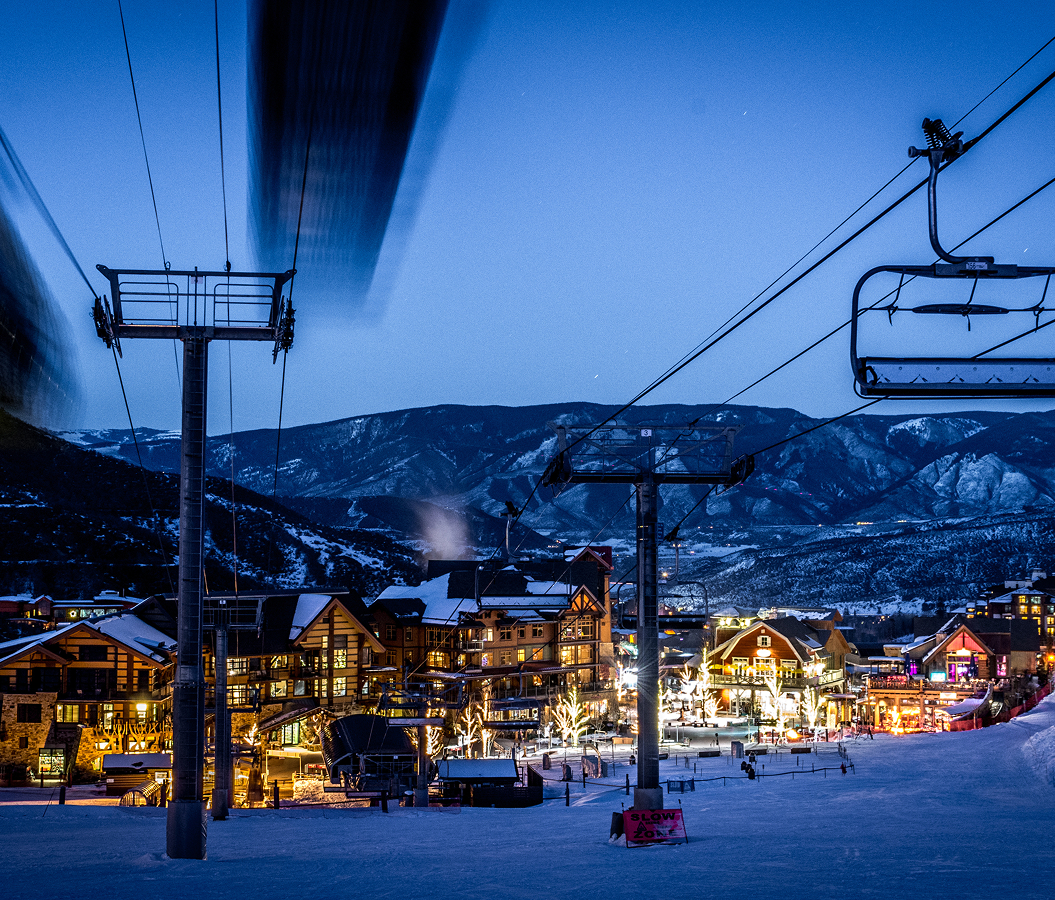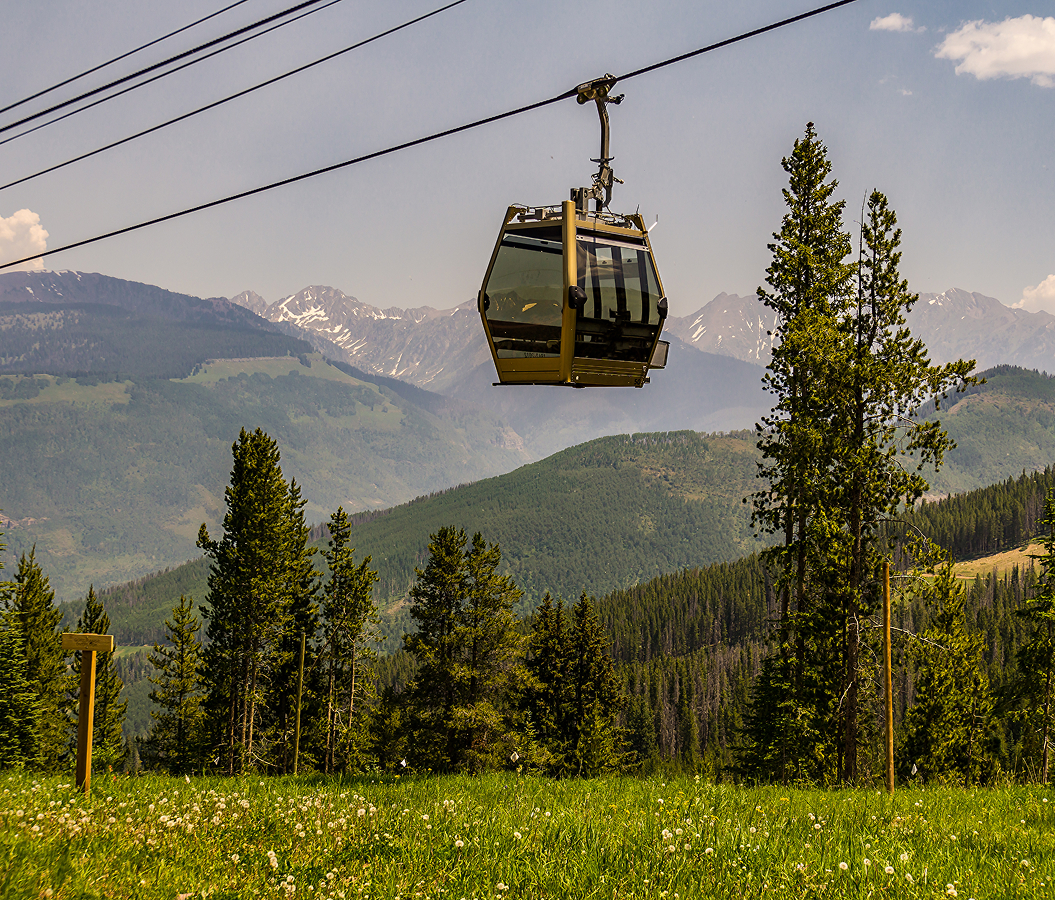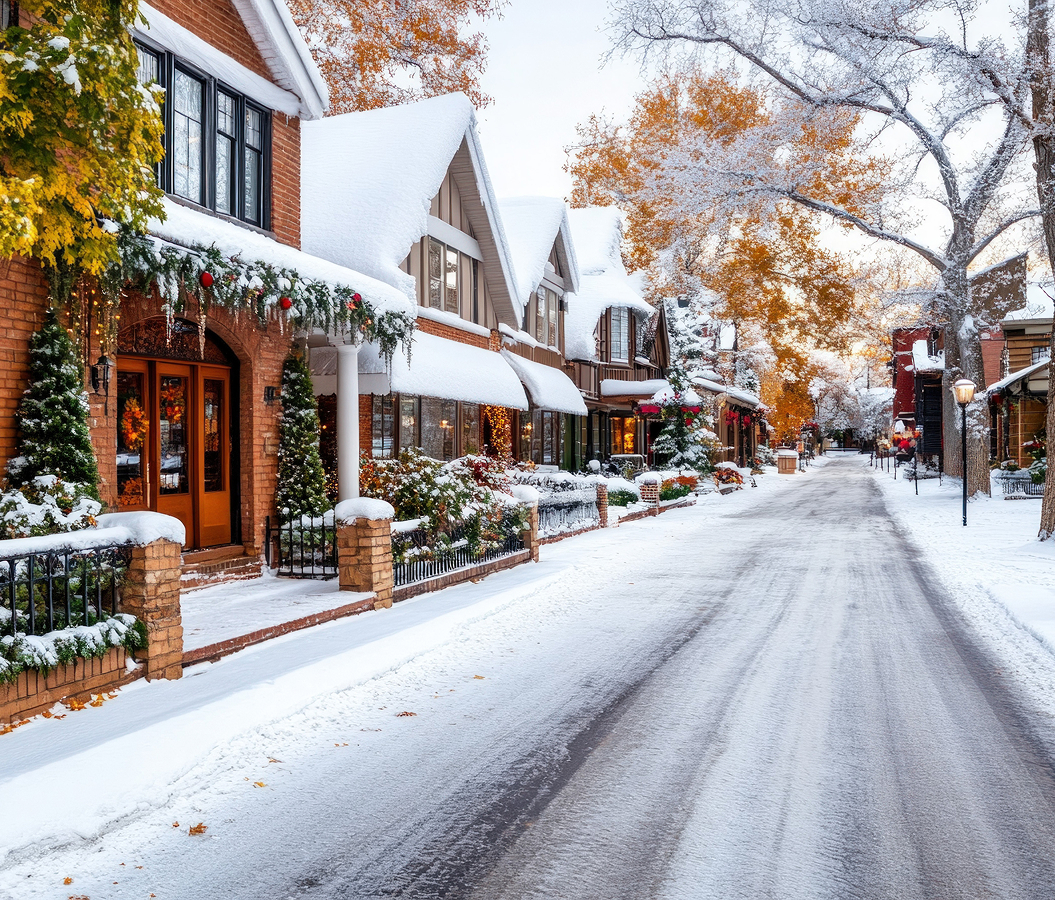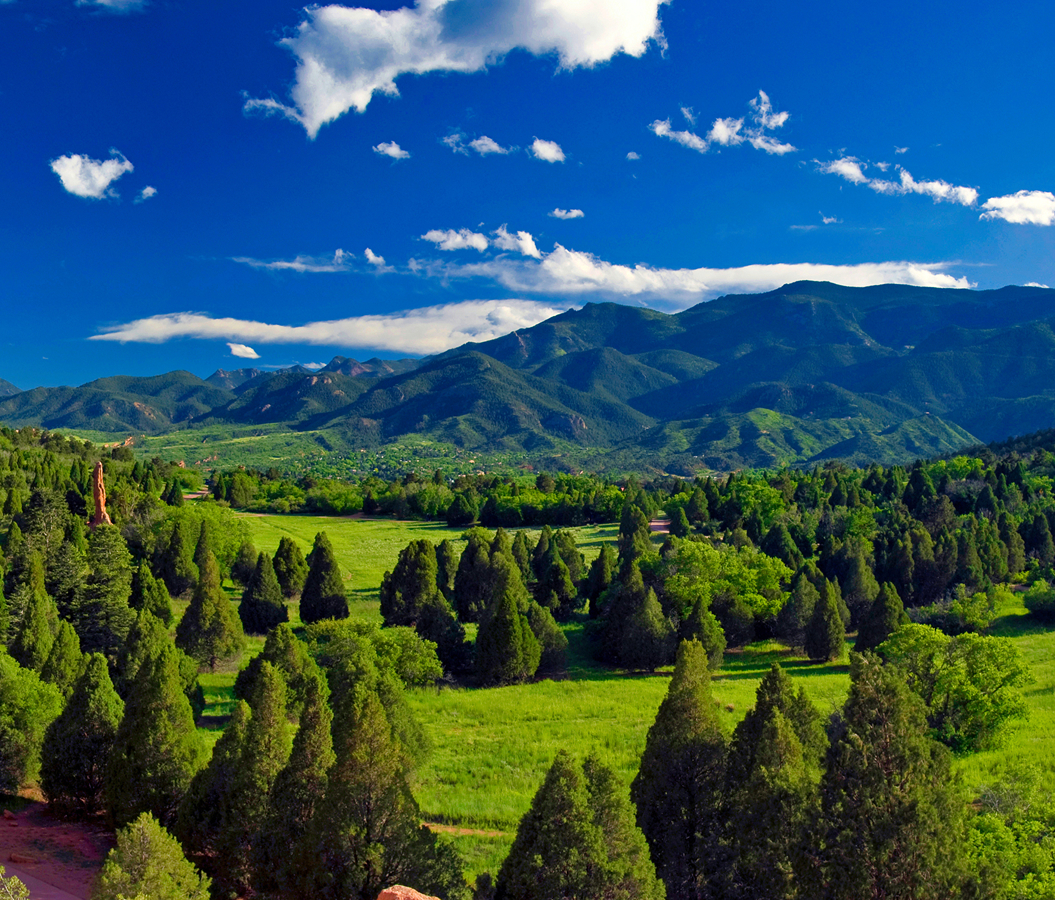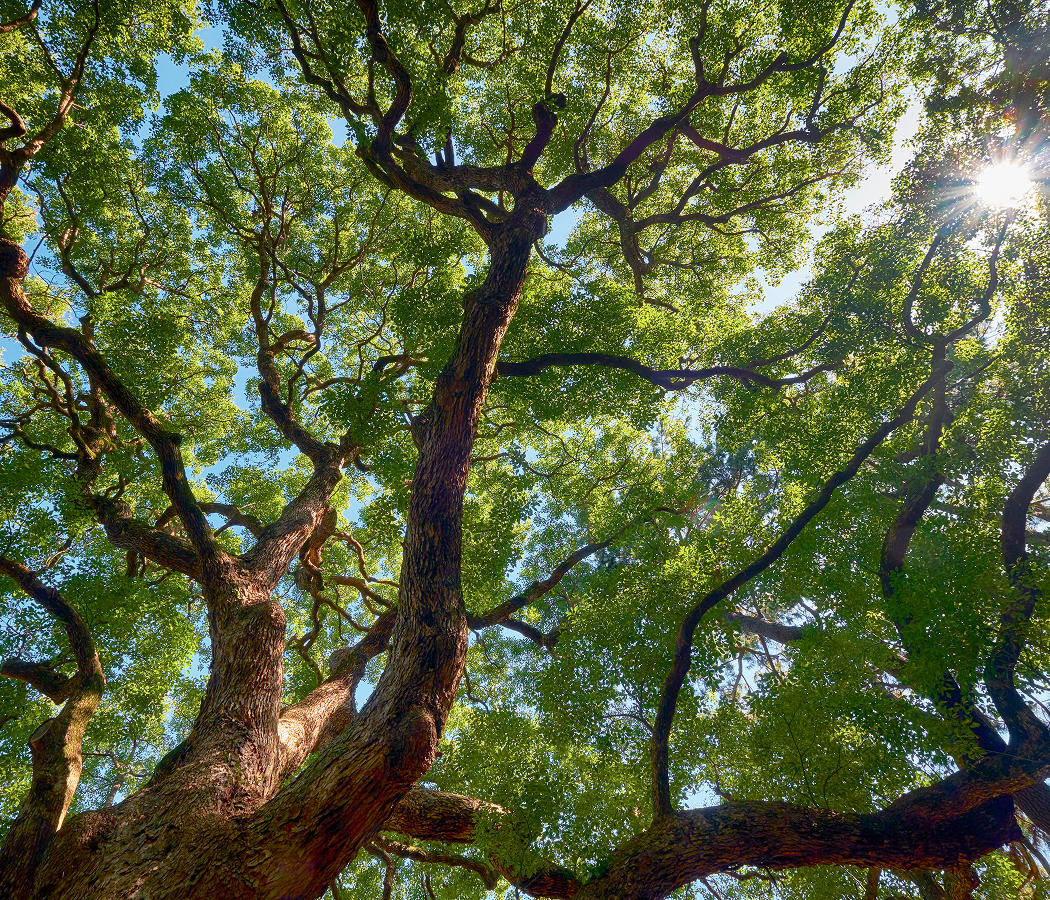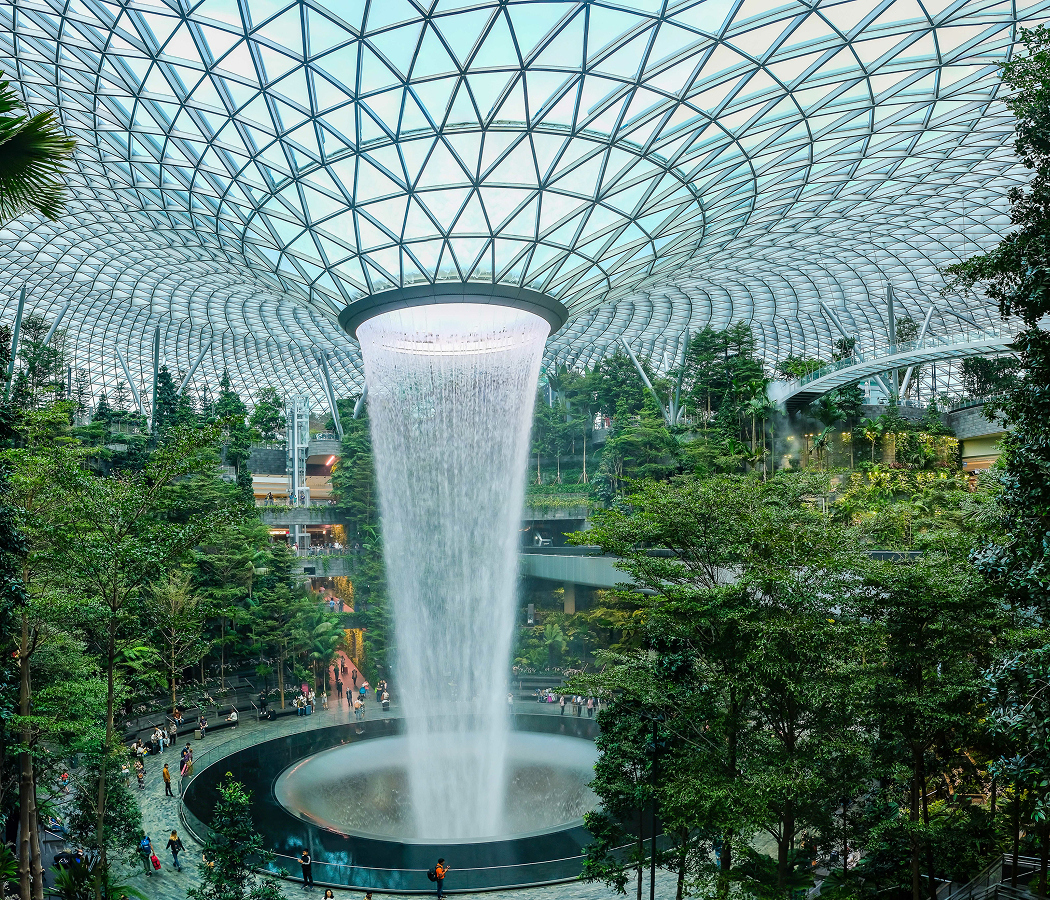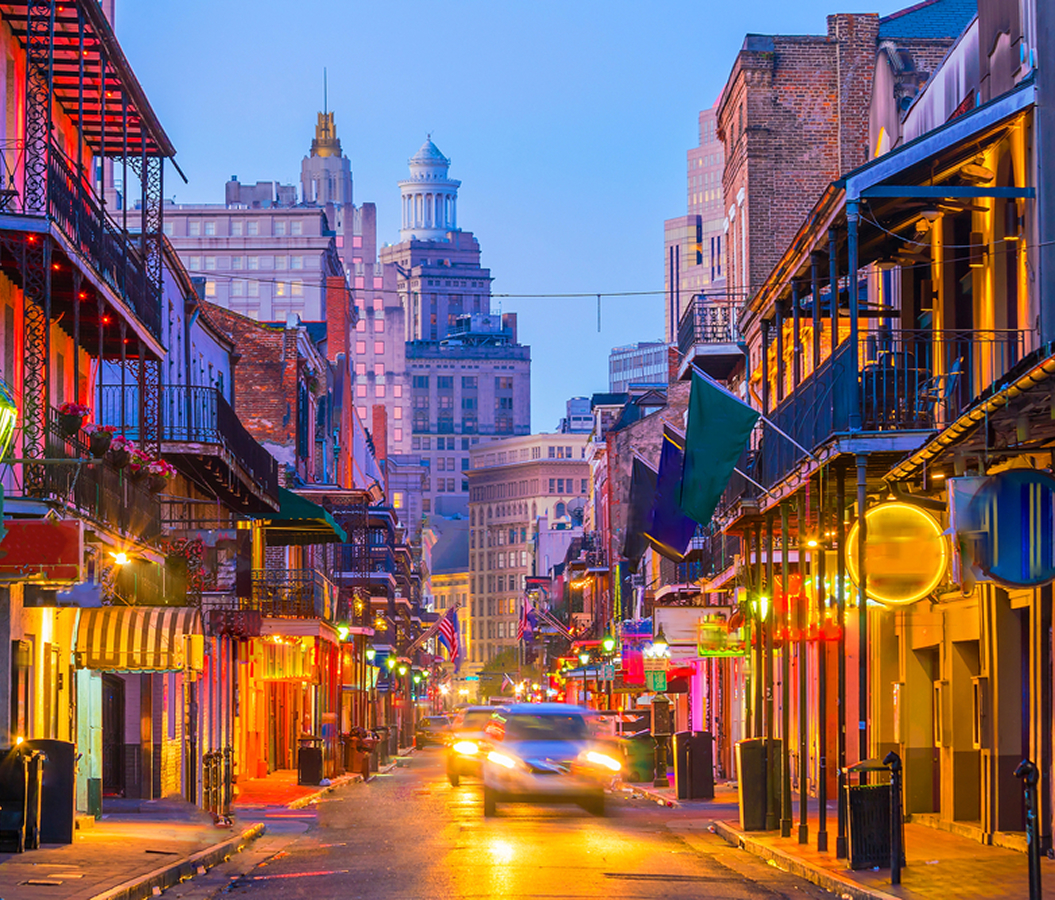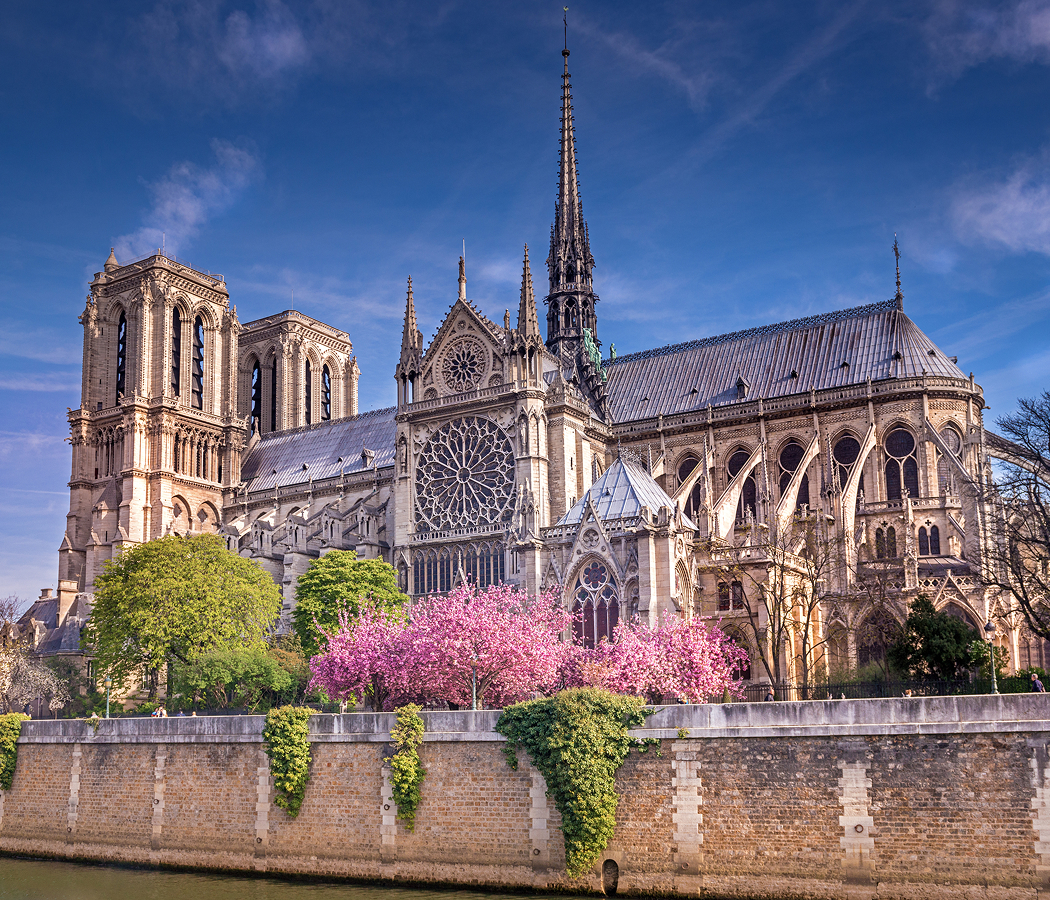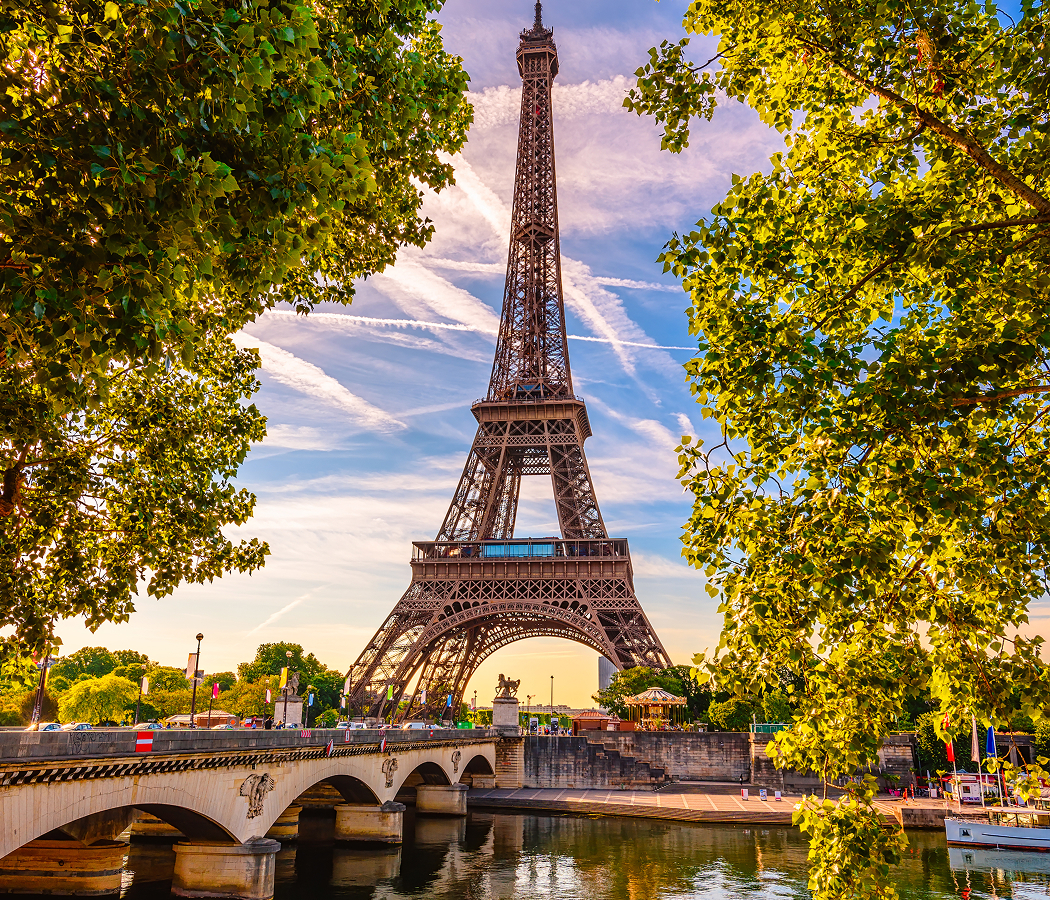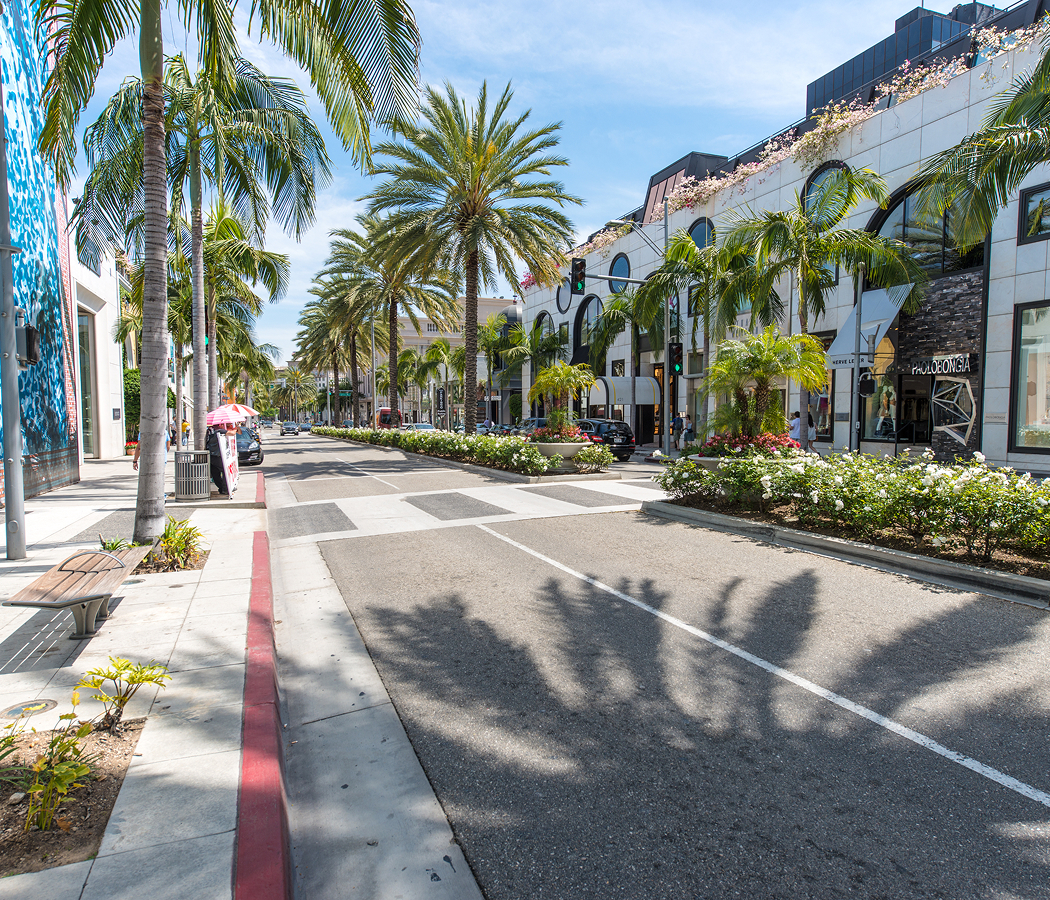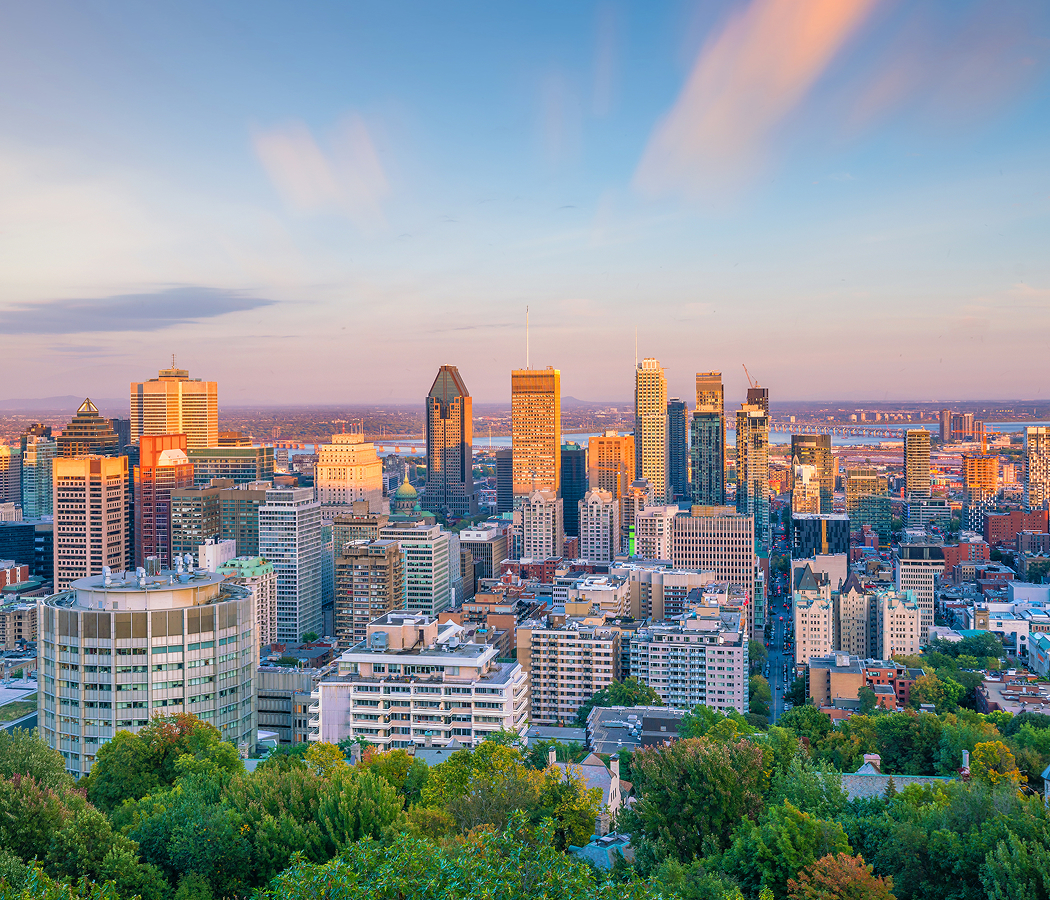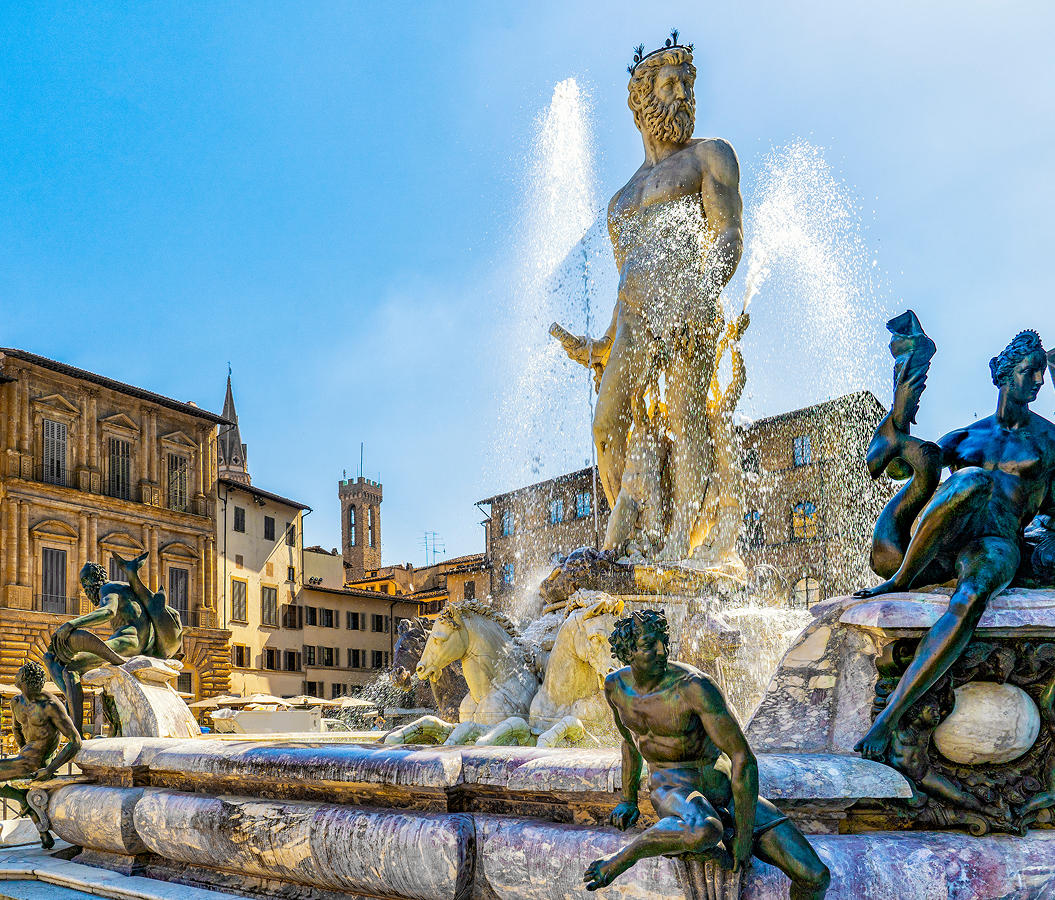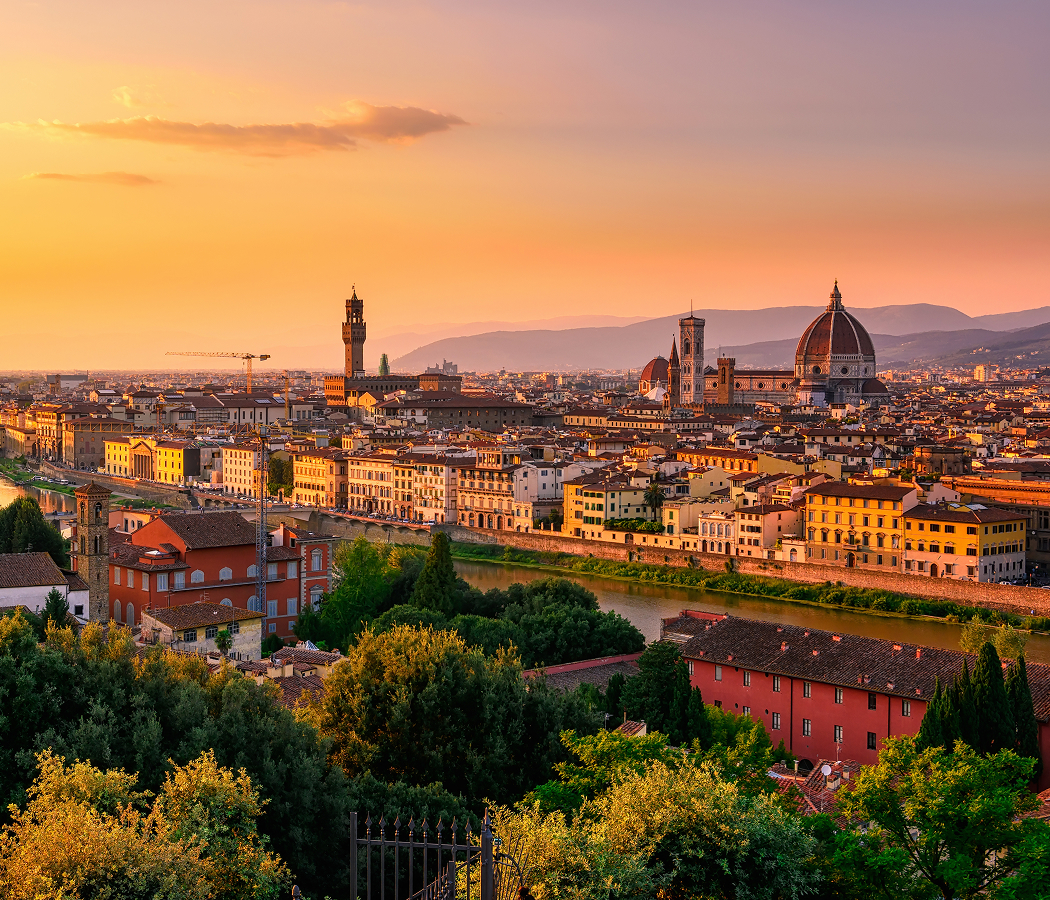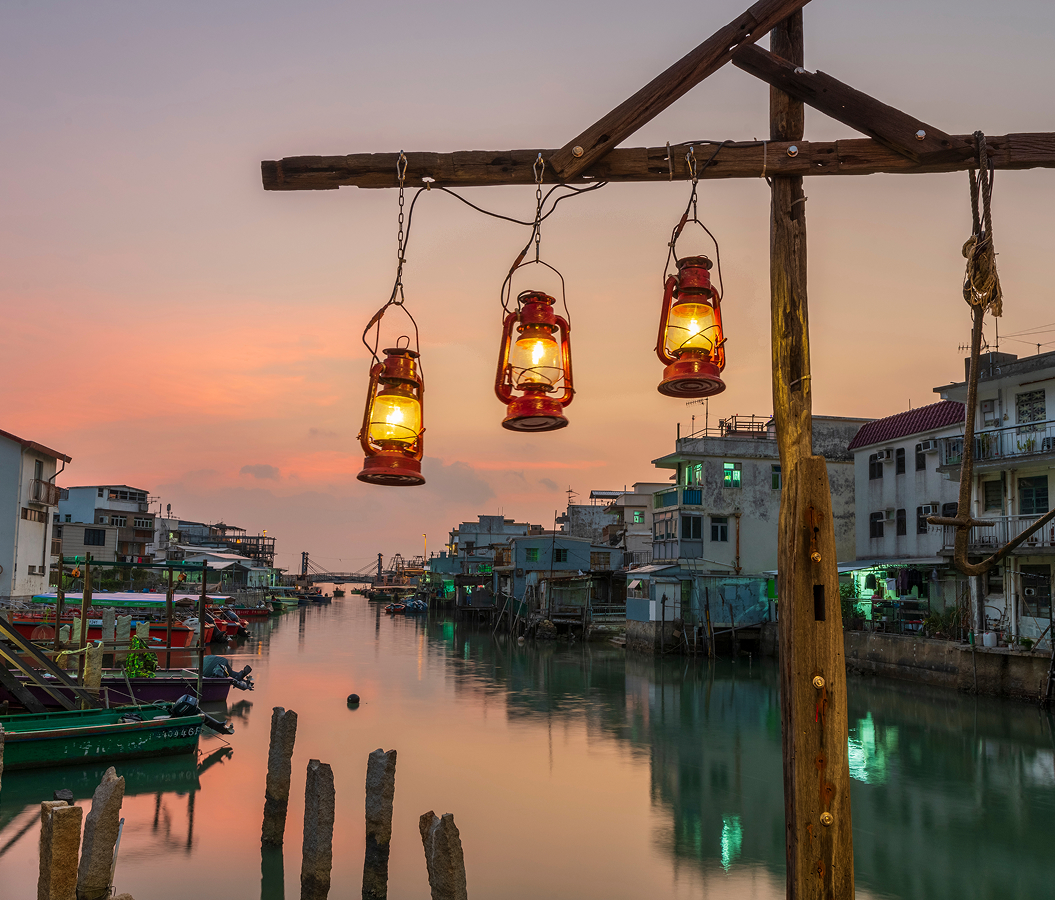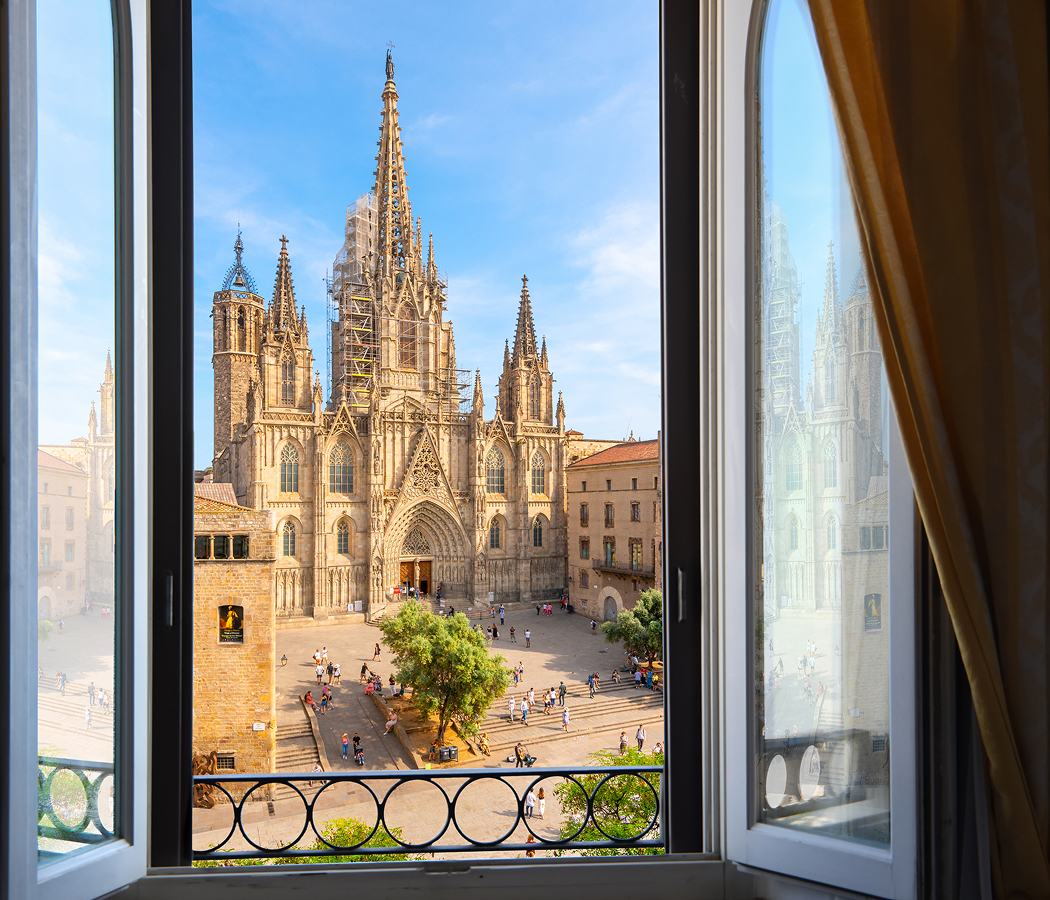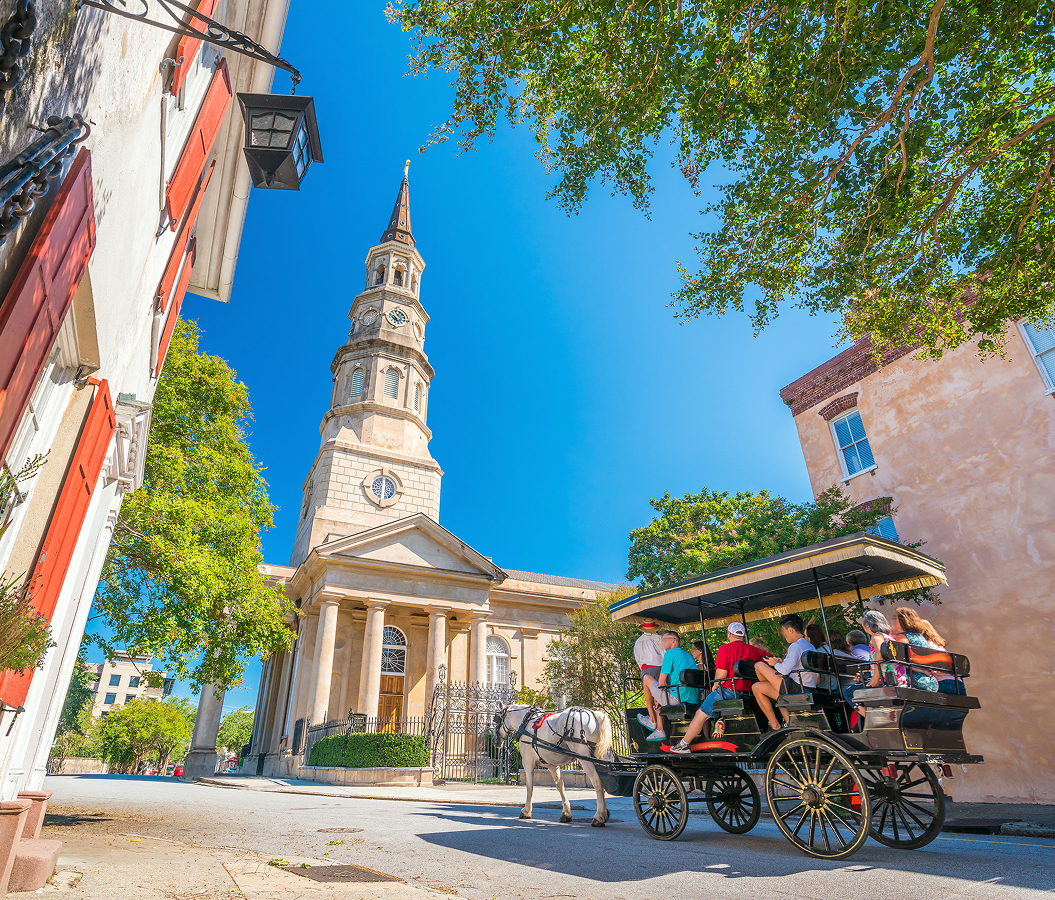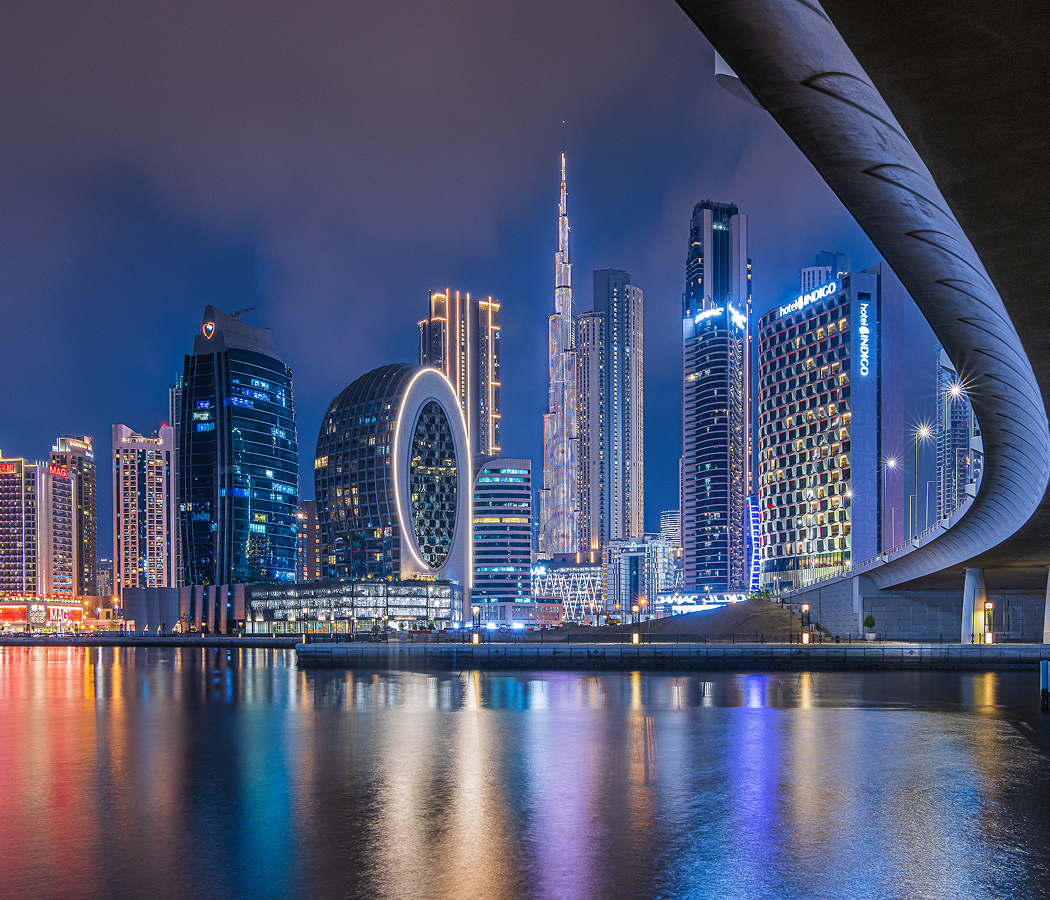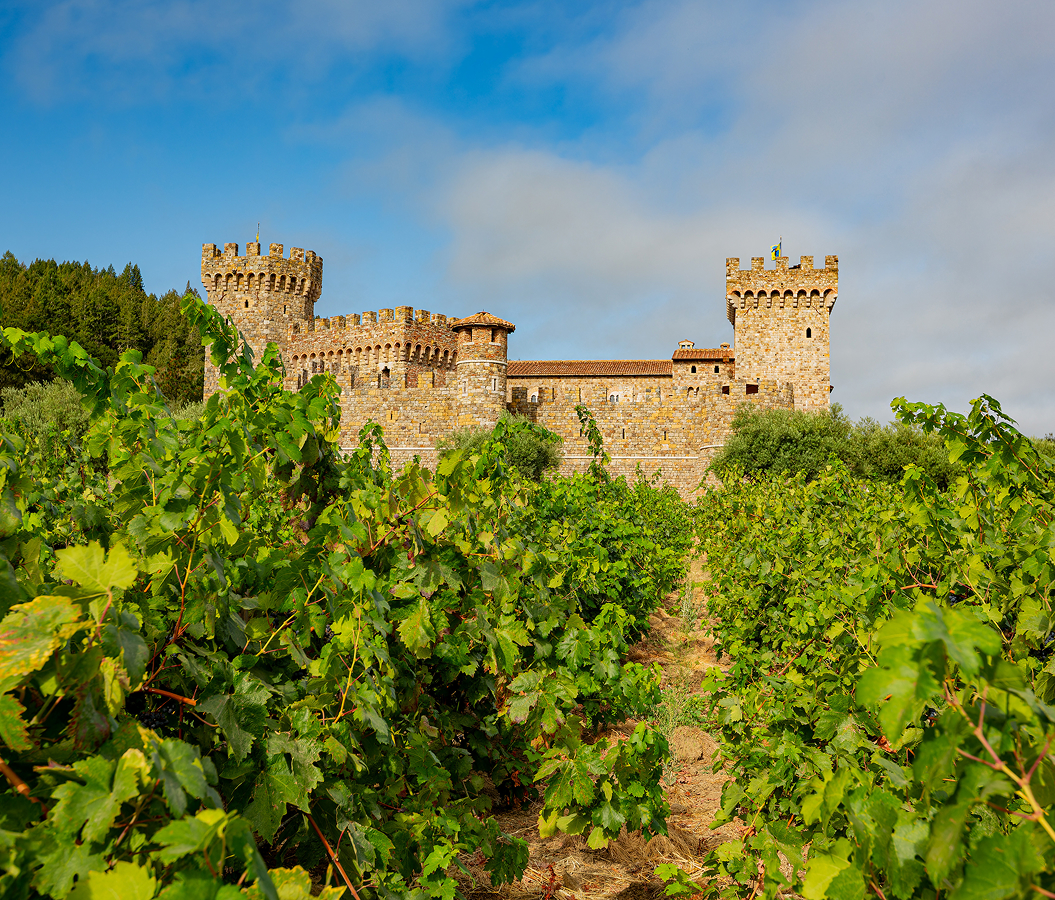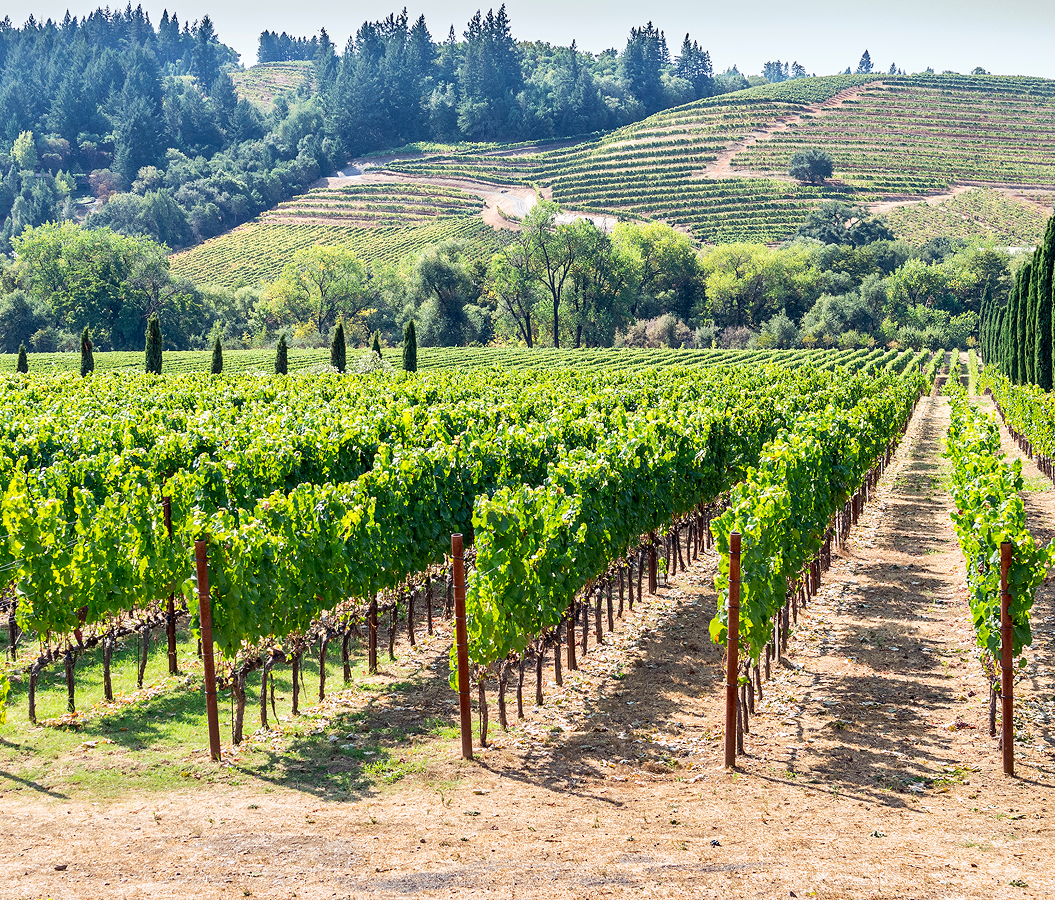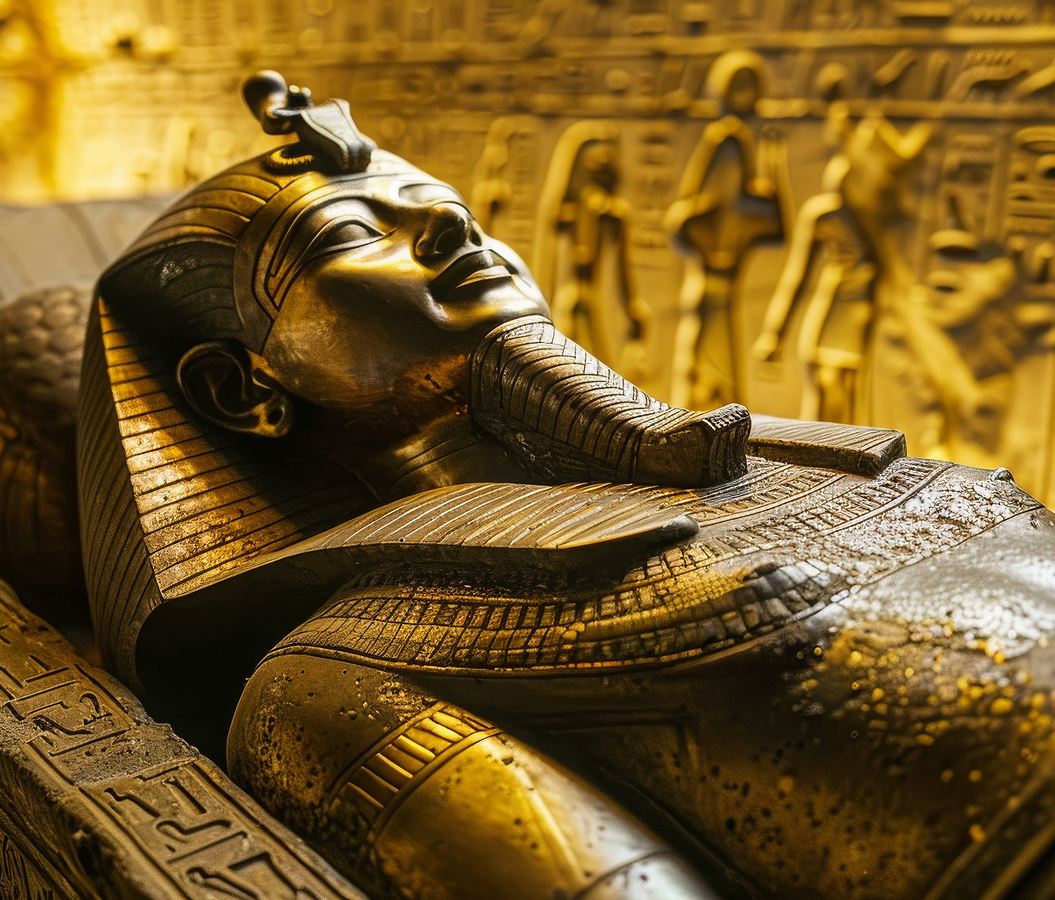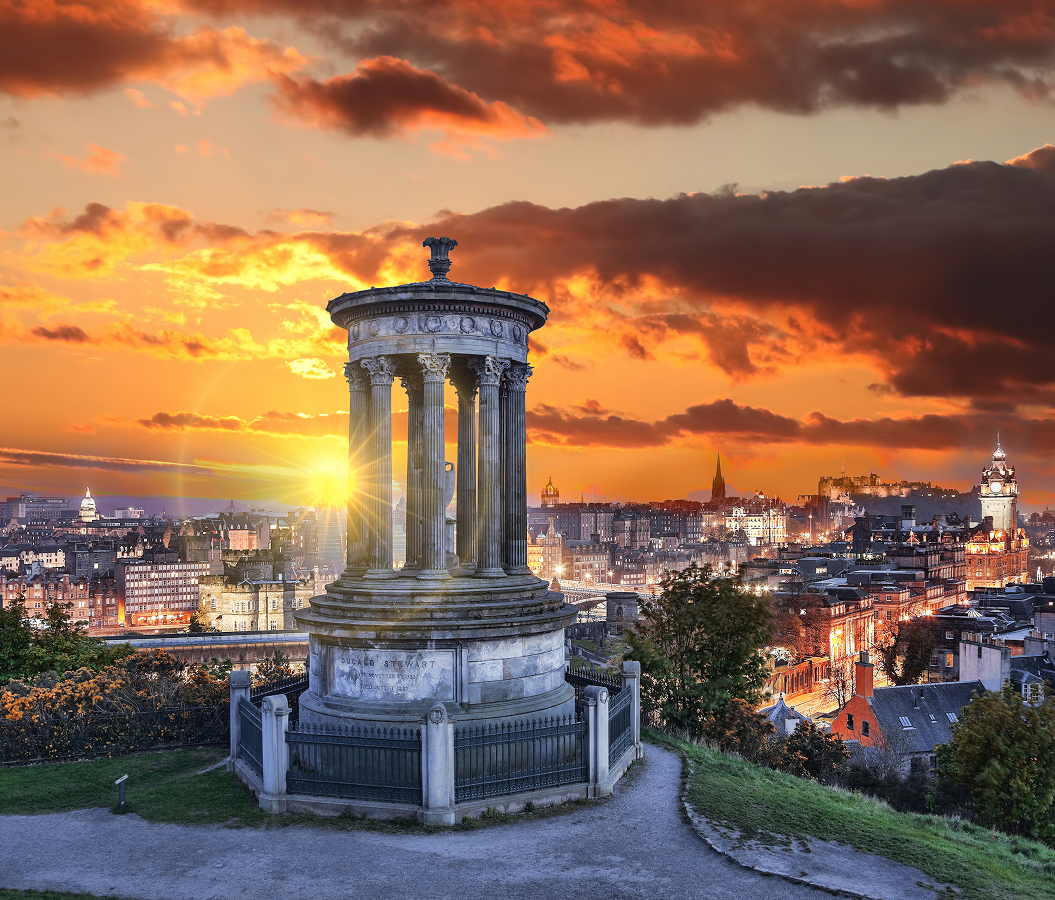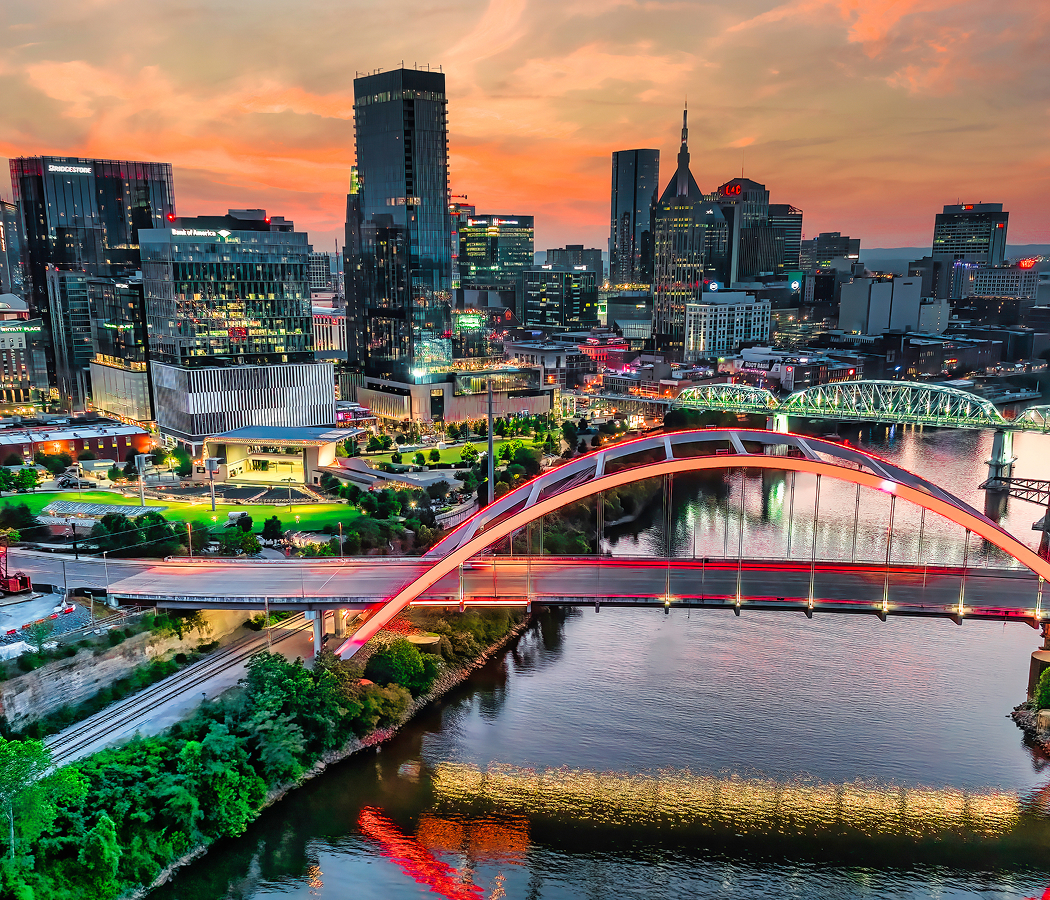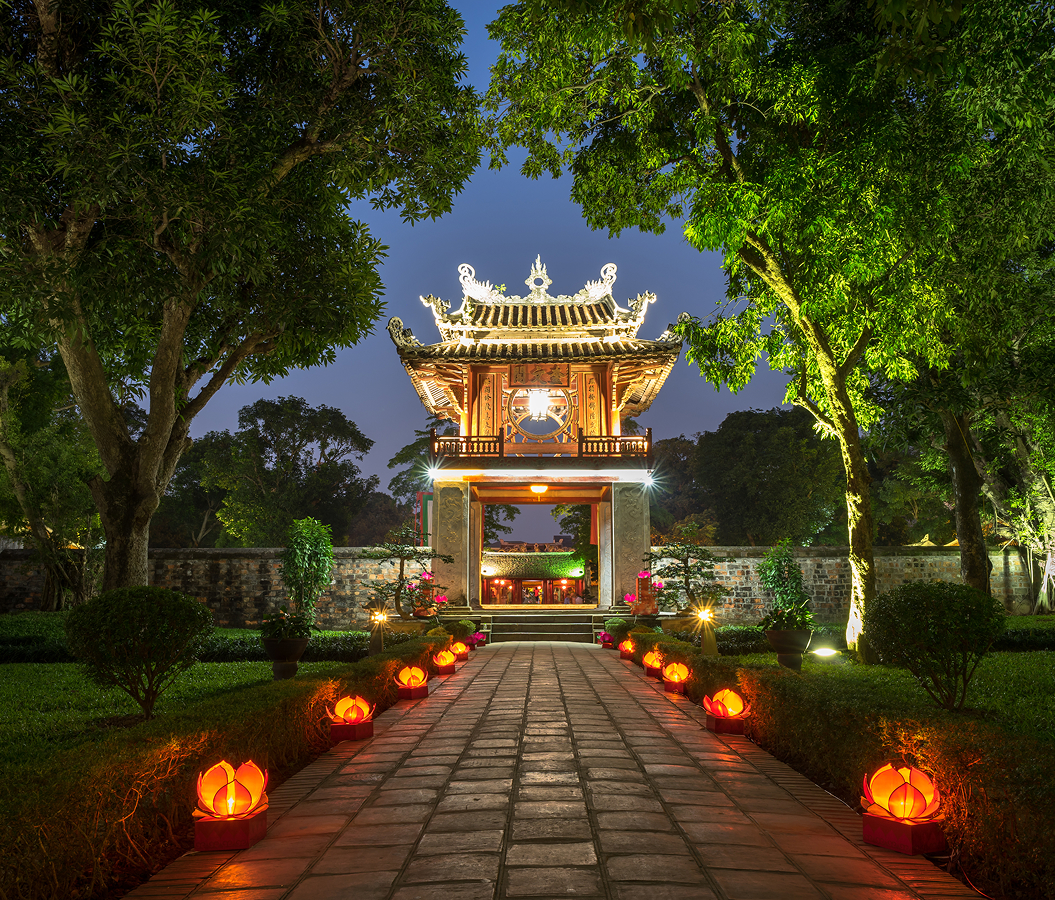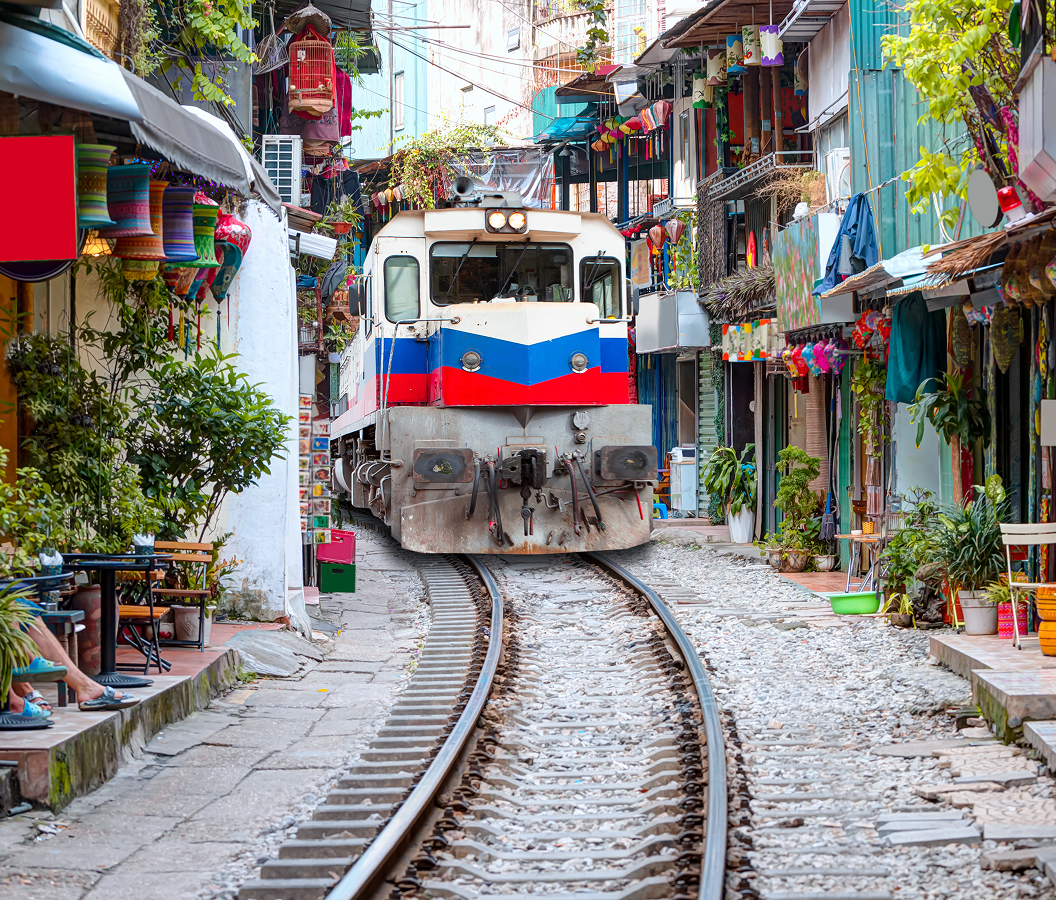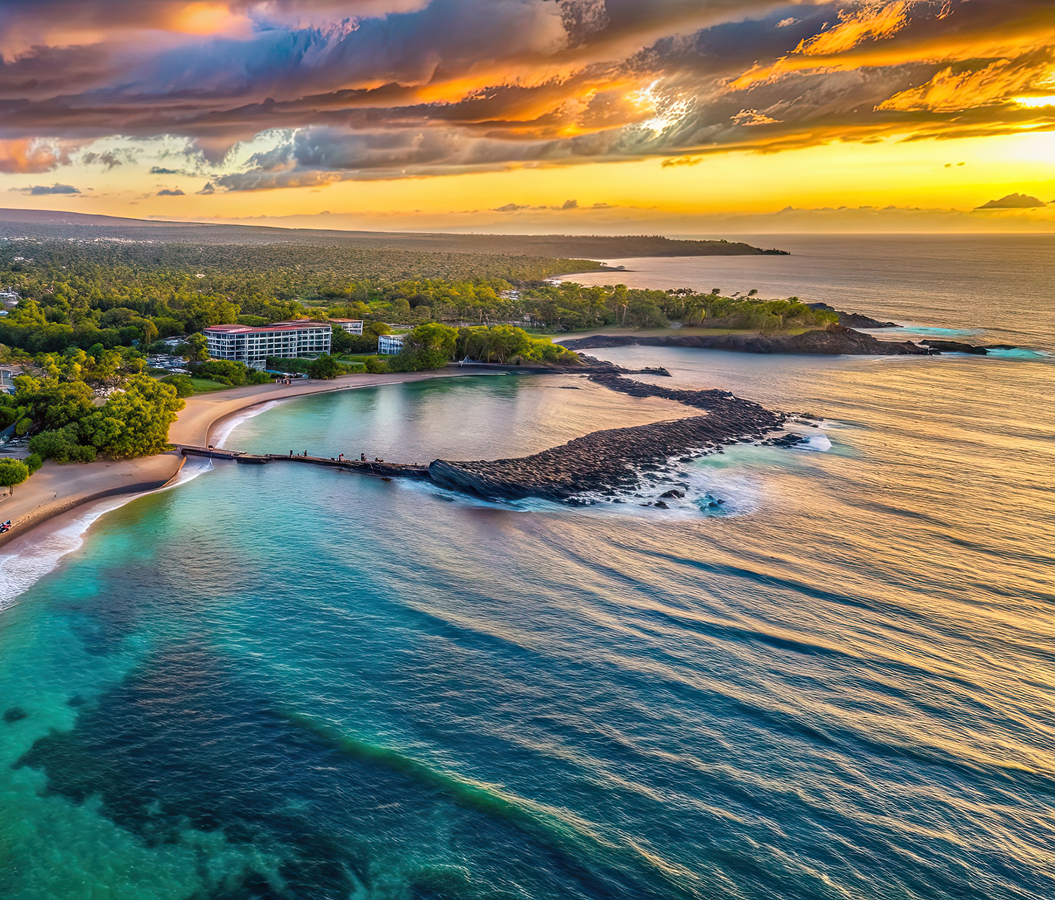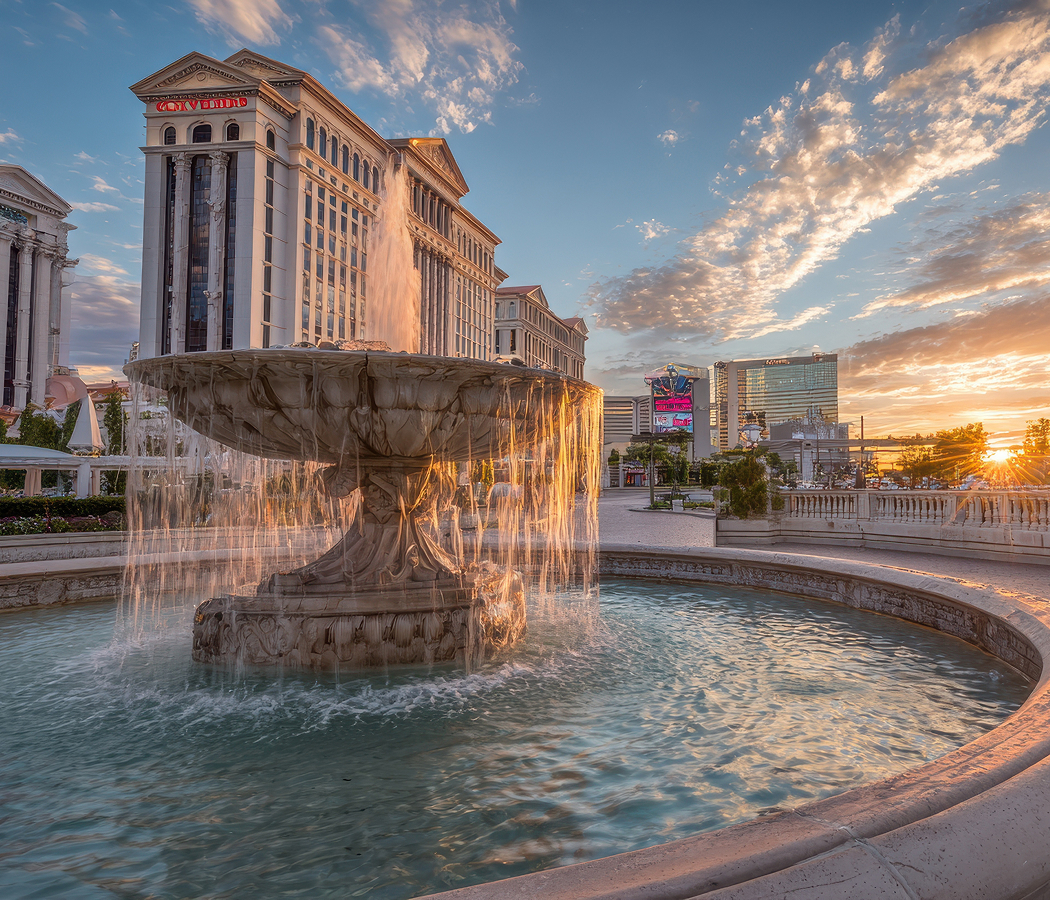
Why you should experience Bandelier National Monument in New Mexico.
Tucked into the rugged canyons of northern New Mexico, Bandelier National Monument feels like stepping back a thousand years into the living memory of the earth itself.
Just an hour from Santa Fe, this vast protected landscape of mesas, cliffs, and ancient dwellings tells the story of the Ancestral Pueblo people who once thrived here. Sunlight spills across tuff stone walls, illuminating hand-carved caves and ladders that lead into rooms still echoing with the hum of human life long past. Every trail feels sacred — from the soft rustle of piñon pines to the whispering wind that threads through Frijoles Canyon. The Main Loop Trail, Bandelier’s most iconic path, winds through archaeological sites where homes, kivas, and petroglyphs remain etched into the rock, frozen in time yet alive with spirit. Climb the wooden ladders and step inside a cavate dwelling, where soot marks linger on ceilings and the air feels ancient and intimate. Around you, the cliffs seem to breathe — layered in volcanic ash, carved by rivers and resilience. Standing here, you feel both small and deeply connected — as if the land itself is remembering you back.
What you didn’t know about Bandelier National Monument.
Though Bandelier National Monument feels timeless, its history is as dynamic and layered as the canyons that define it.
The park is named after Adolph Bandelier, a Swiss-American archaeologist whose late-19th-century research helped preserve this sacred site. The monument protects more than 33,000 acres of mesas and canyonlands that were once home to the Ancestral Puebloans — also known as the Ancestral Tewa — who lived here from approximately 1150 to 1550 CE. Their civilization thrived in harmony with the land, cultivating corn, beans, and squash on narrow terraces while drawing water from the Rio Grande tributaries below. The soft volcanic tuff of the Jemez Mountains allowed them to carve intricate cave homes and multi-story cliff villages directly into the canyon walls. At its height, the community in Frijoles Canyon may have supported over 400 people, bound together by communal life, spiritual ritual, and a reverence for balance. Archaeologists have uncovered pottery fragments, tools, and pictographs that reveal both daily life and ceremonial depth. The famous Alcove House, perched 140 feet above the canyon floor, is reached by a steep climb up ladders that seem to touch the sky — an experience both humbling and exhilarating. Yet, the monument’s story extends far beyond the ancient. In the 1930s, Civilian Conservation Corps workers built many of the park’s trails, lodges, and stonework, leaving behind their own layer of history. Bandelier was declared a national monument in 1916 — the same year the National Park Service was established — making it one of the earliest protected archaeological landscapes in the United States. Today, the park also serves as a vital wildlife refuge, home to black bears, coyotes, and peregrine falcons. But beyond preservation, Bandelier remains a living space of cultural respect — a place where modern Pueblo communities, including the San Ildefonso and Cochiti, maintain ancestral ties and honor traditions that continue to pulse through this sacred land.
How to fold Bandelier National Monument into your trip.
Exploring Bandelier National Monument is as much a spiritual journey as it is an adventure — an immersion into a rhythm older than time.
Begin at the Visitor Center in Frijoles Canyon, where exhibits and park rangers help bring the ancestral stories to life. From there, take the Main Loop Trail (about 1.2 miles round-trip), which leads through the heart of the ancient dwellings. Pause often — look up at the honeycombed cliffs, and you’ll see small openings where families once lived, their doorways perfectly aligned to the path of the sun. Climb into one of the preserved cavates using the wooden ladders — the smell of earth and the cool stillness inside will remind you of how life once flowed in harmony with the land. Continue onward to the Long House, where faint petroglyphs of macaws, human figures, and lightning still dance across the rock. For those seeking deeper solitude, the Alcove House Trail adds another mile — a vertical climb into a ceremonial cave that offers breathtaking views of Frijoles Canyon below. Pack plenty of water, as the desert air can deceive with its dry calm, and bring time — because Bandelier asks to be felt, not rushed. In the late afternoon, when golden light spills over the canyon walls, hike a portion of the Falls Trail to the Upper Falls, where the sound of rushing water harmonizes with the soft song of wind through cottonwoods. If you’re staying nearby, the Juniper Campground offers an incredible night under a sky unspoiled by city lights — stars blazing like the fires of the ancestors. As you rest, it’s impossible not to feel the continuity of it all — the enduring connection between people, place, and purpose. In Bandelier National Monument, time doesn’t move forward or backward. It simply circles, like the wind through the canyon — eternal, gentle, and endlessly alive.
Hear it from the Foresyte community.
“Climb up the ladders and suddenly you’re in someone’s old living room carved into rock. It’s wild thinking people actually called this home. Makes your apartment feel boring.”
Where meaningful travel begins.
Start your journey with Foresyte, where the planning is part of the magic.
Discover the experiences that matter most.

